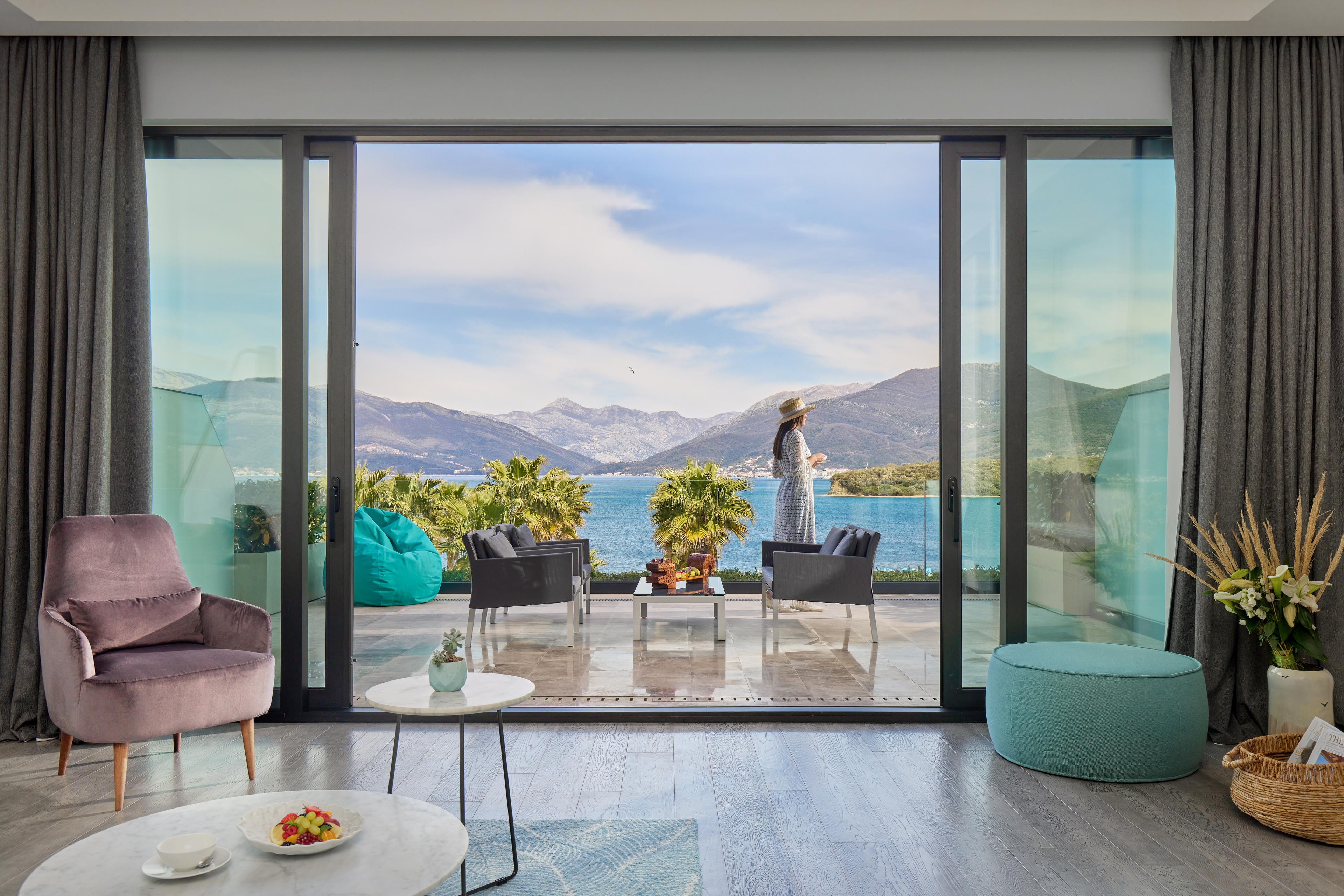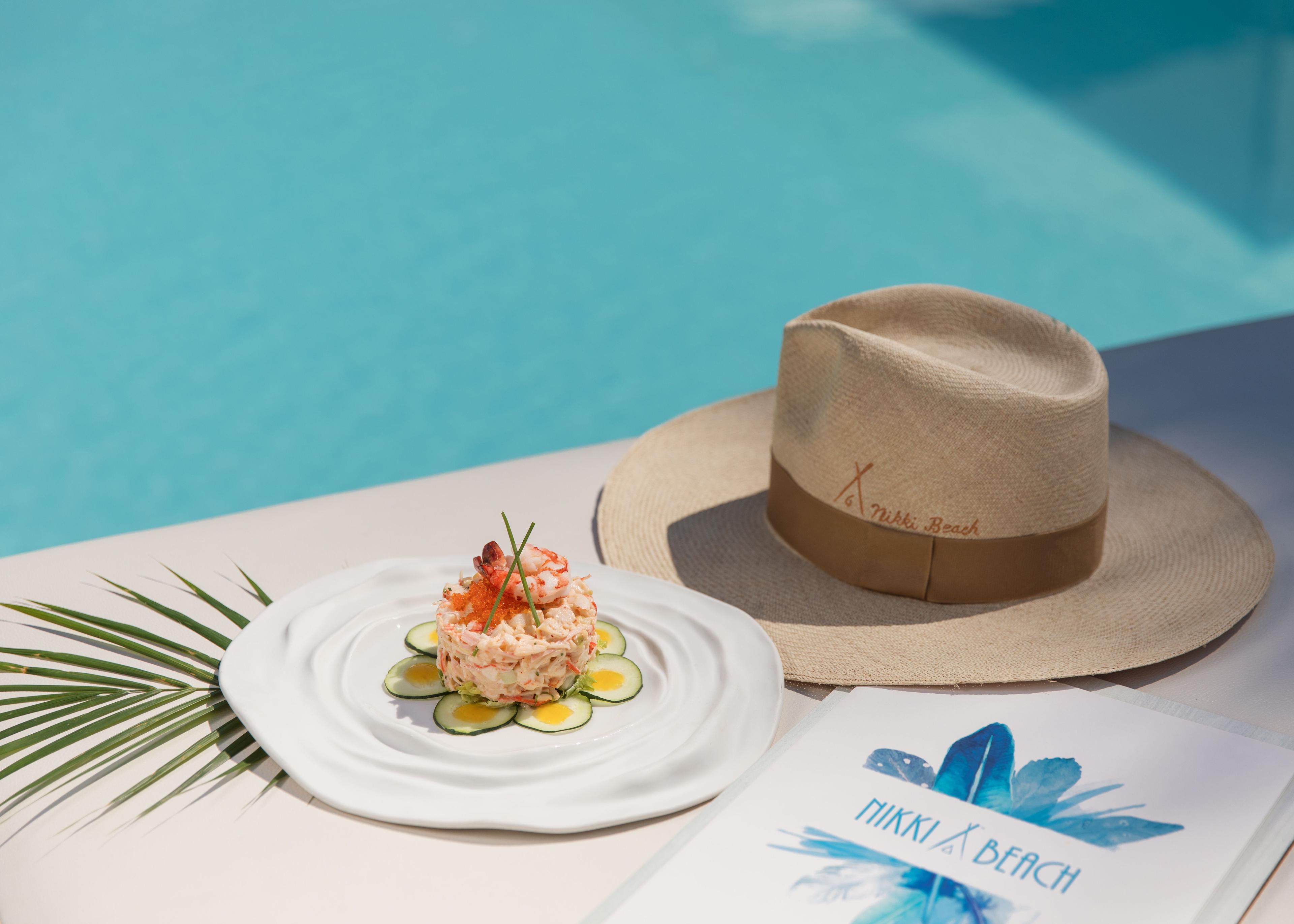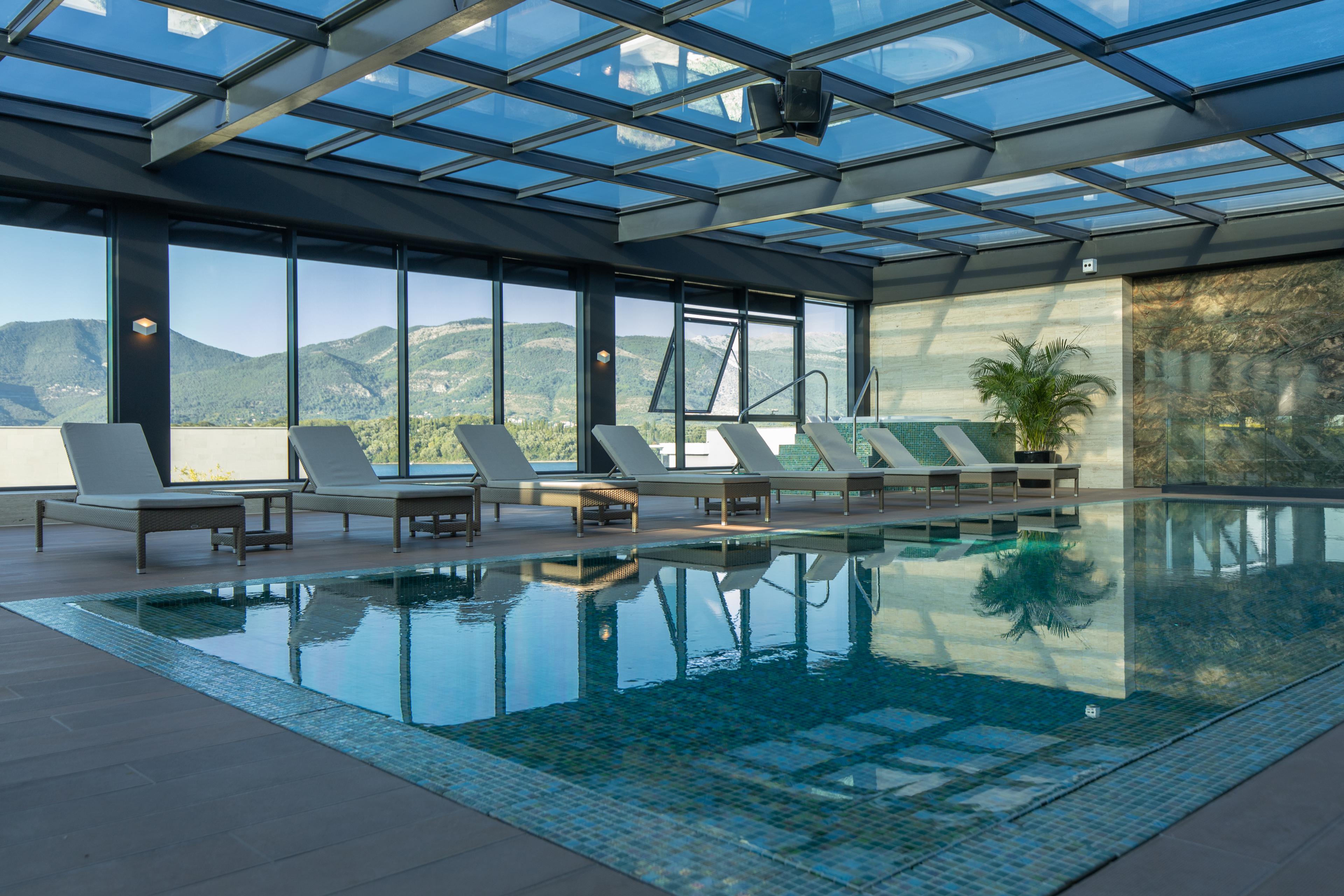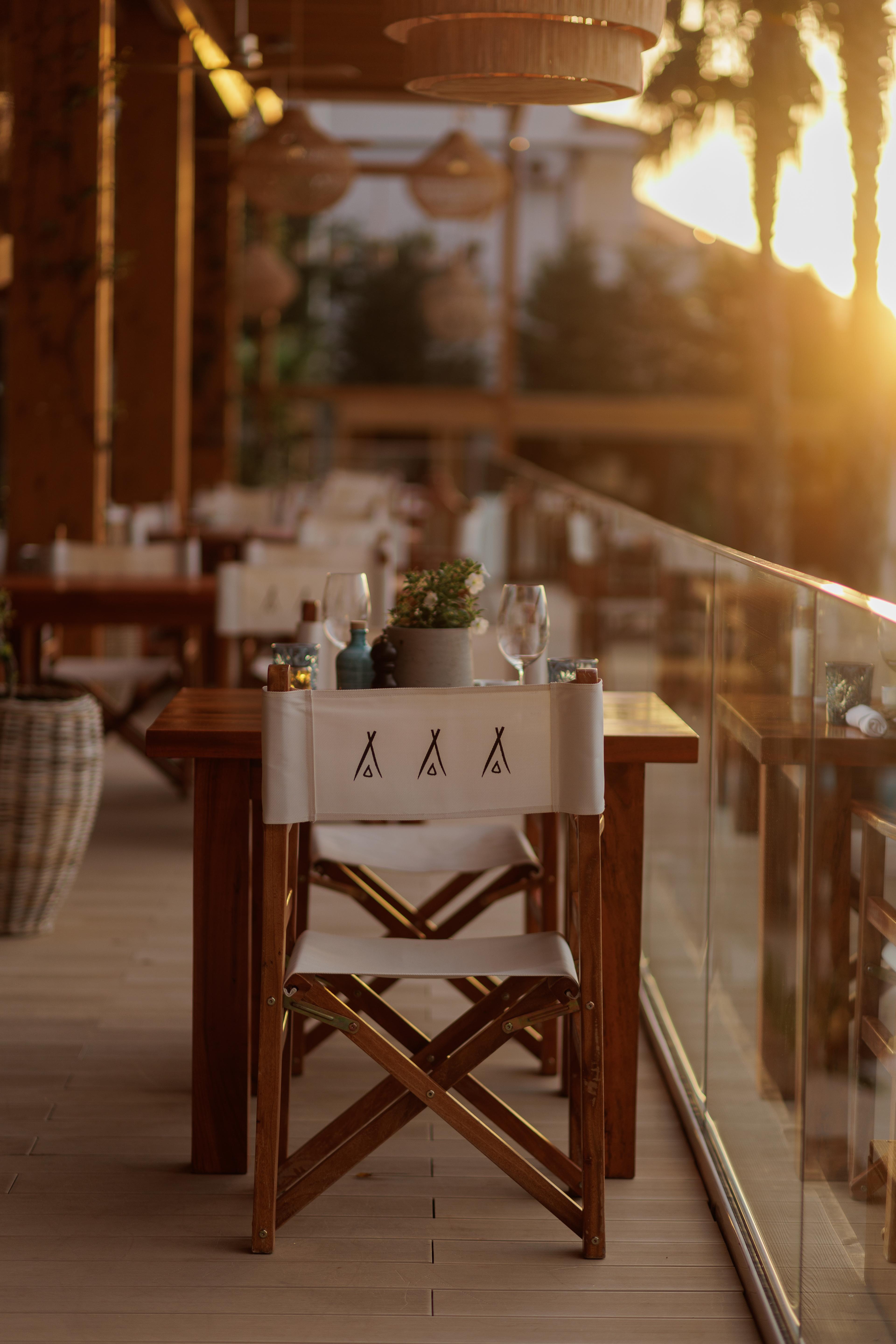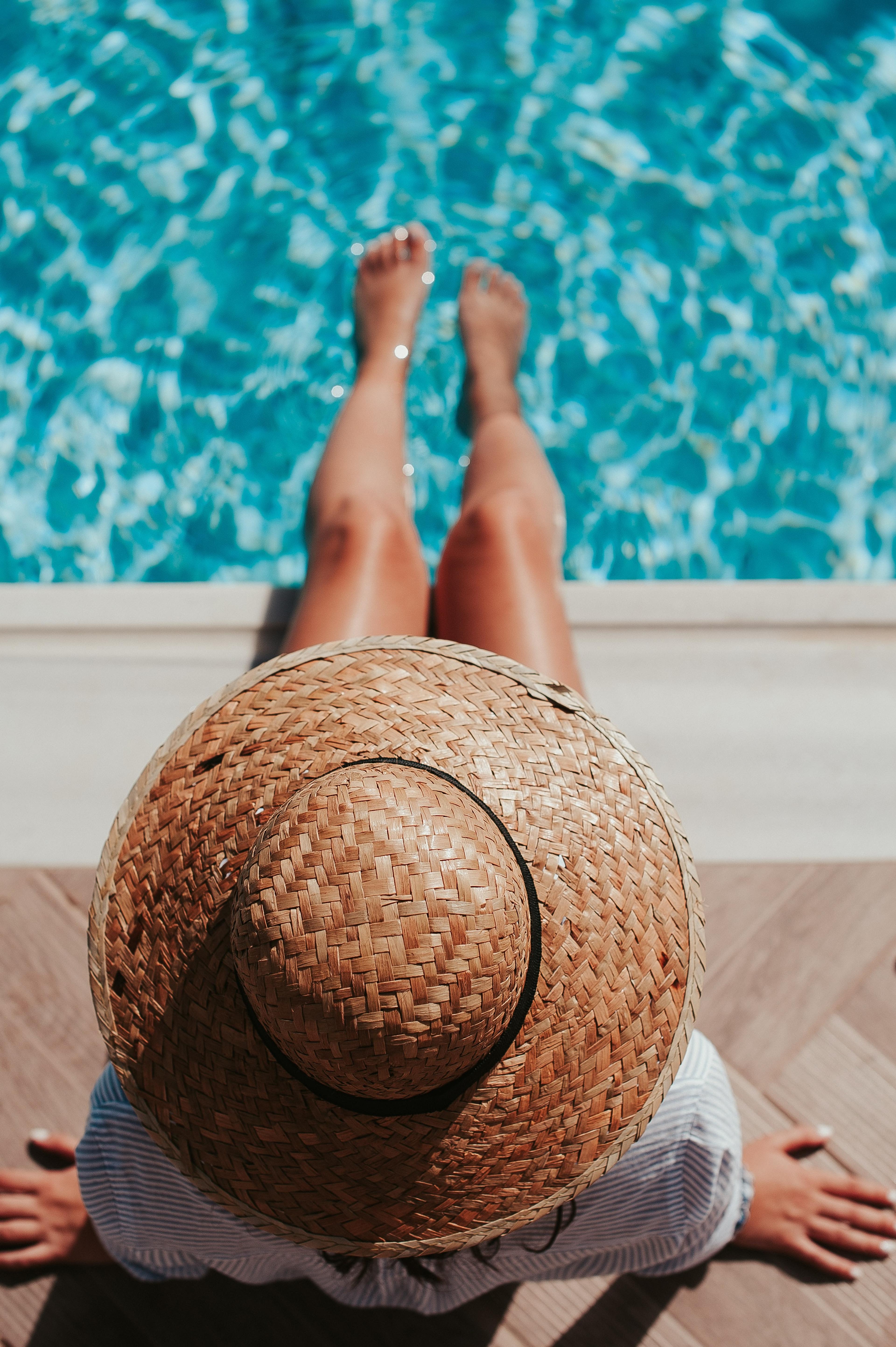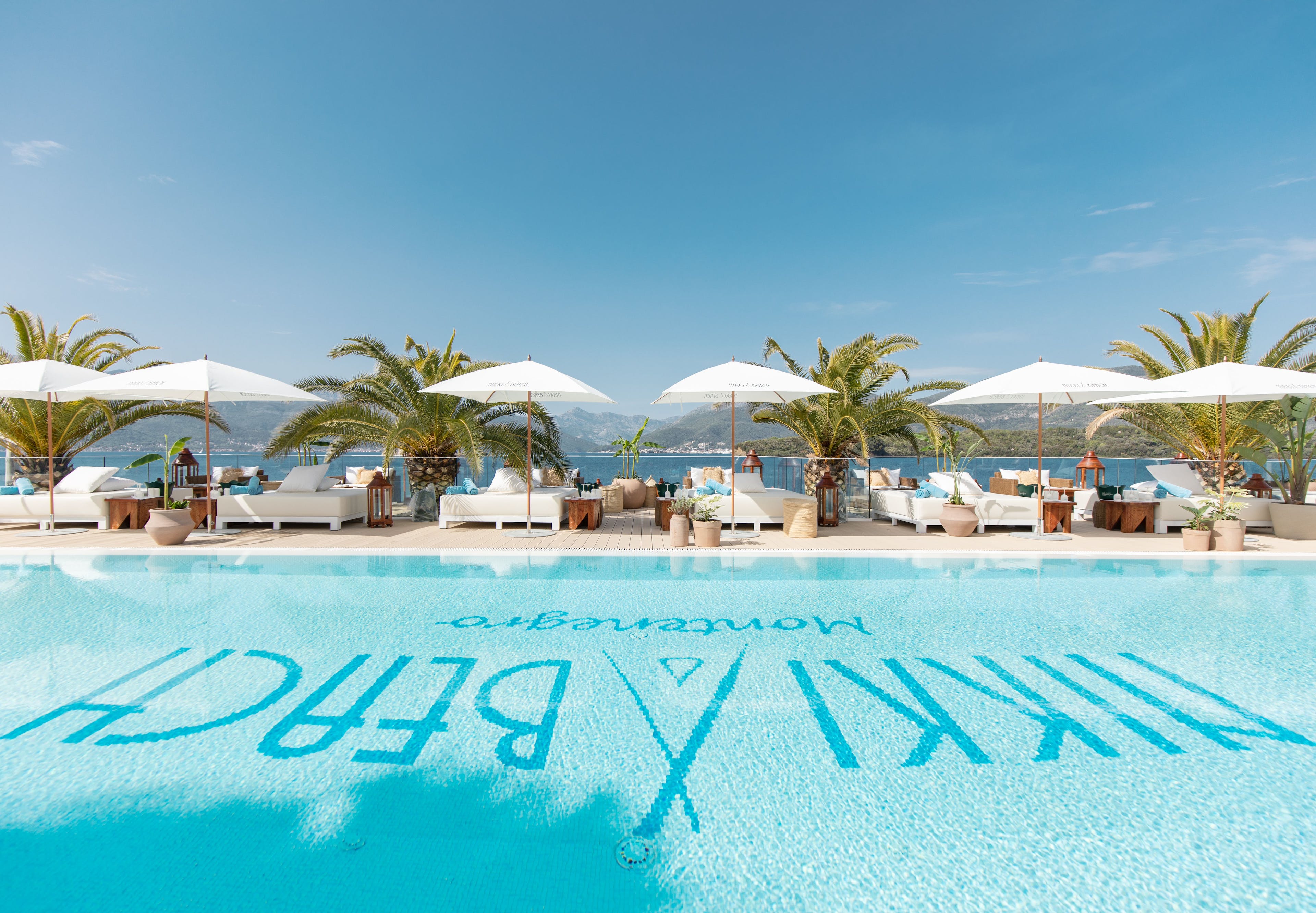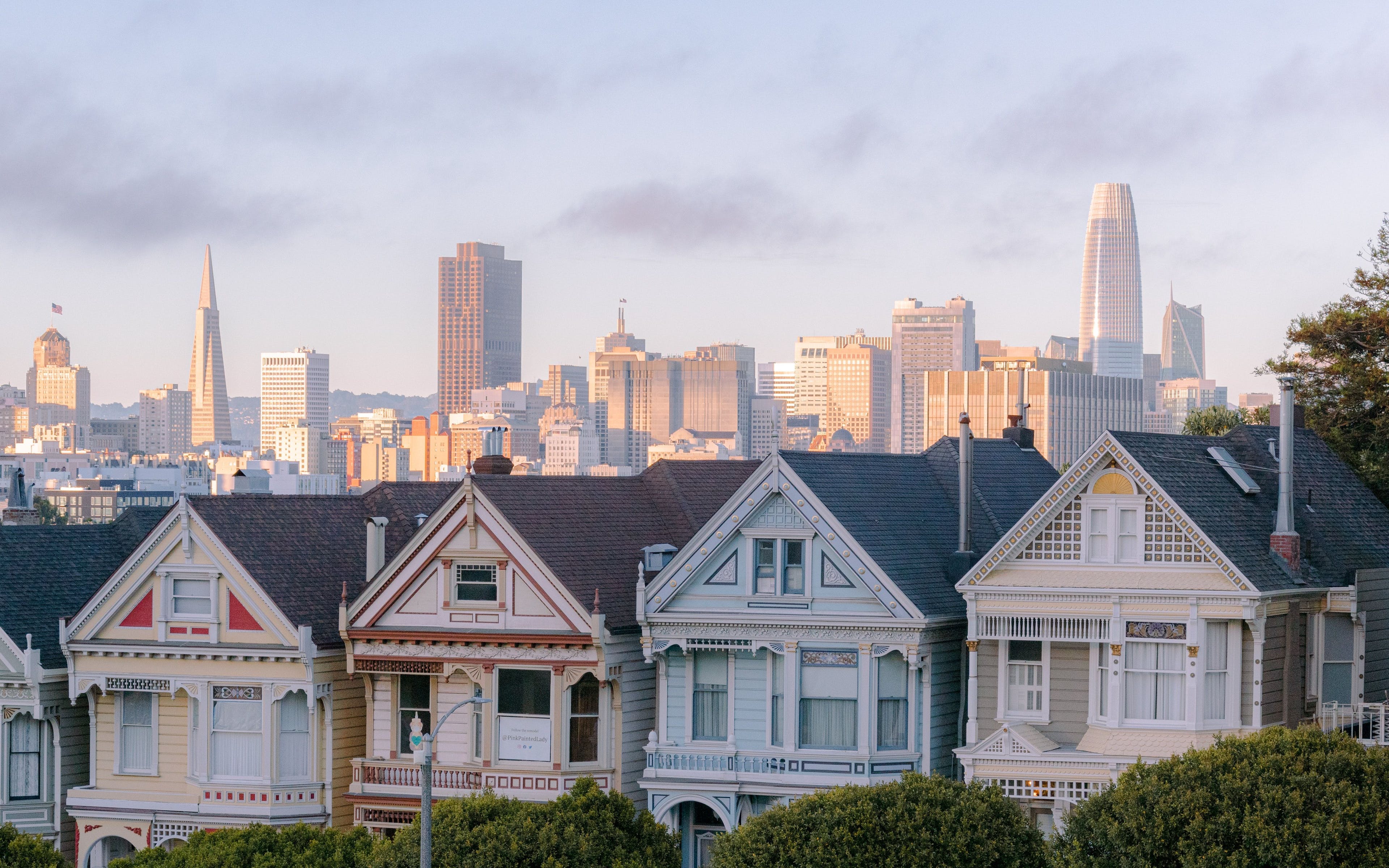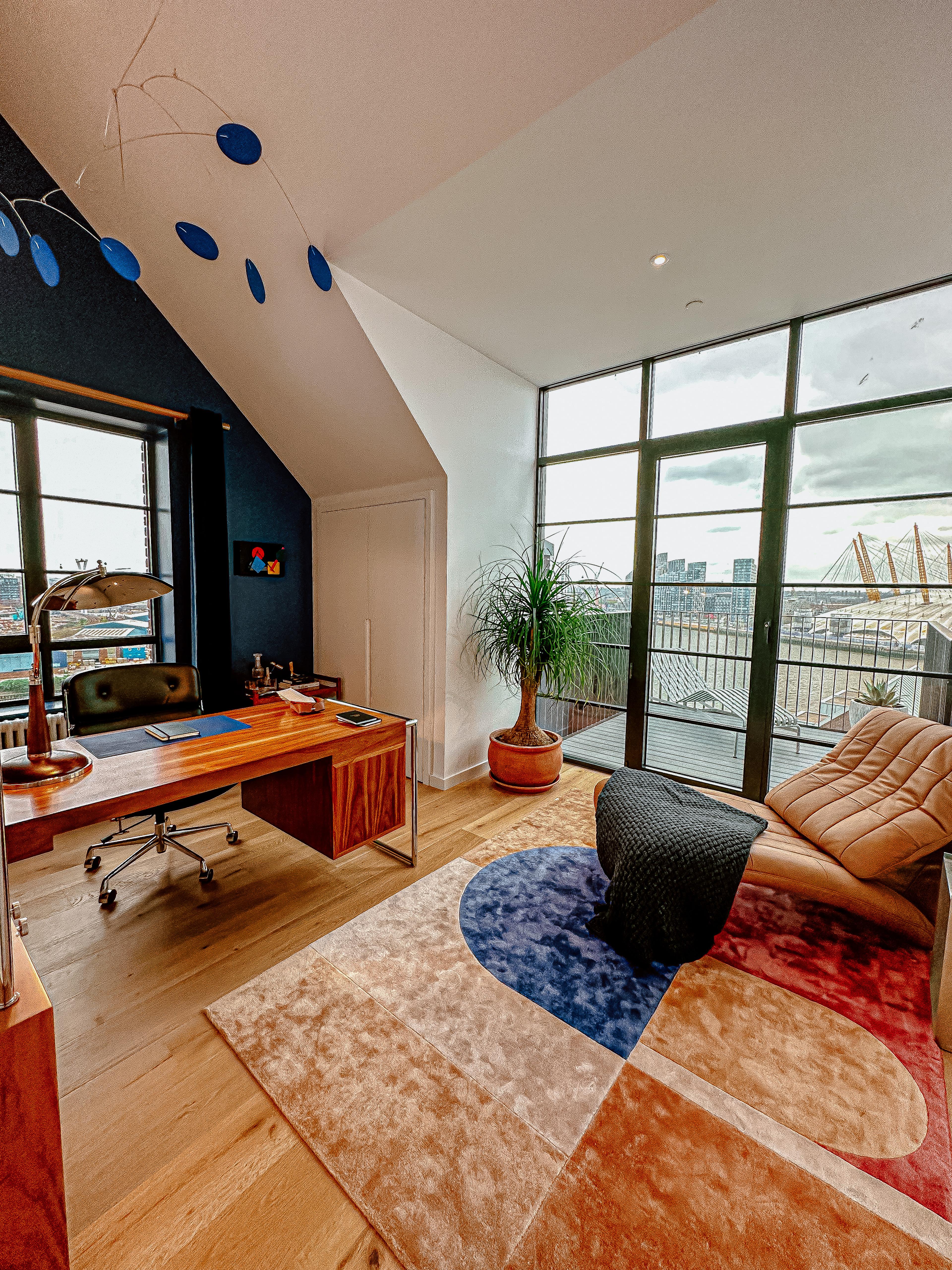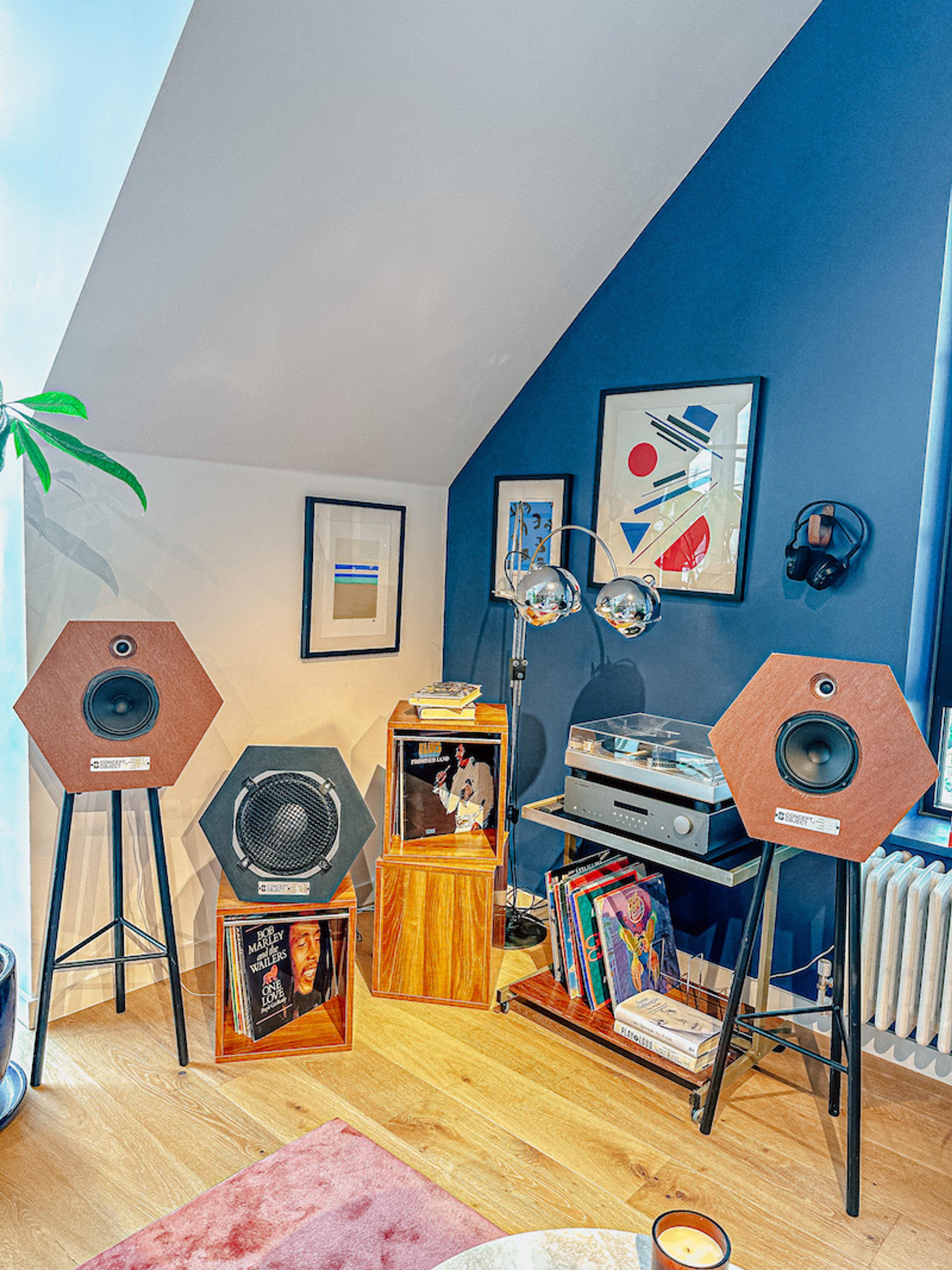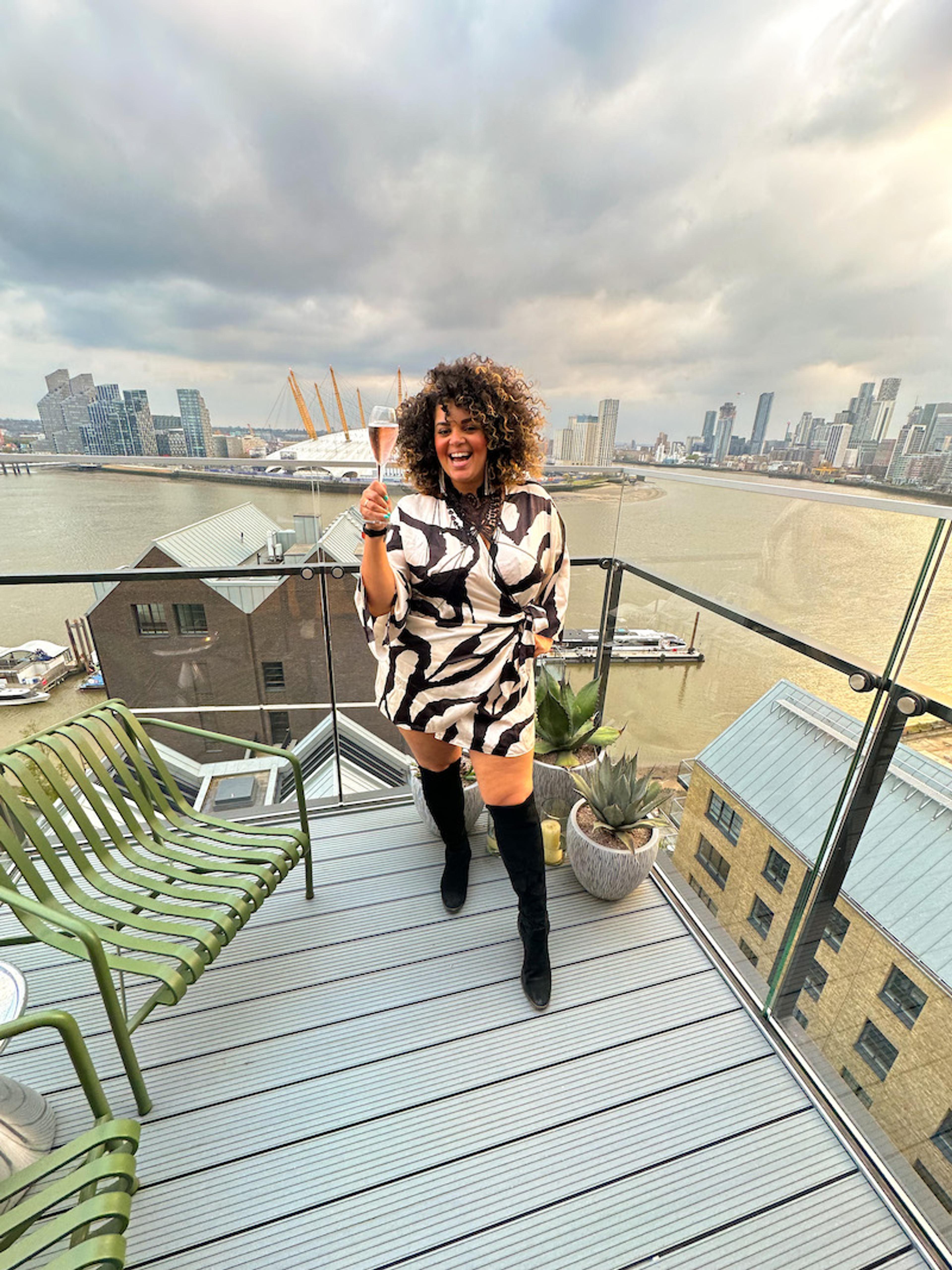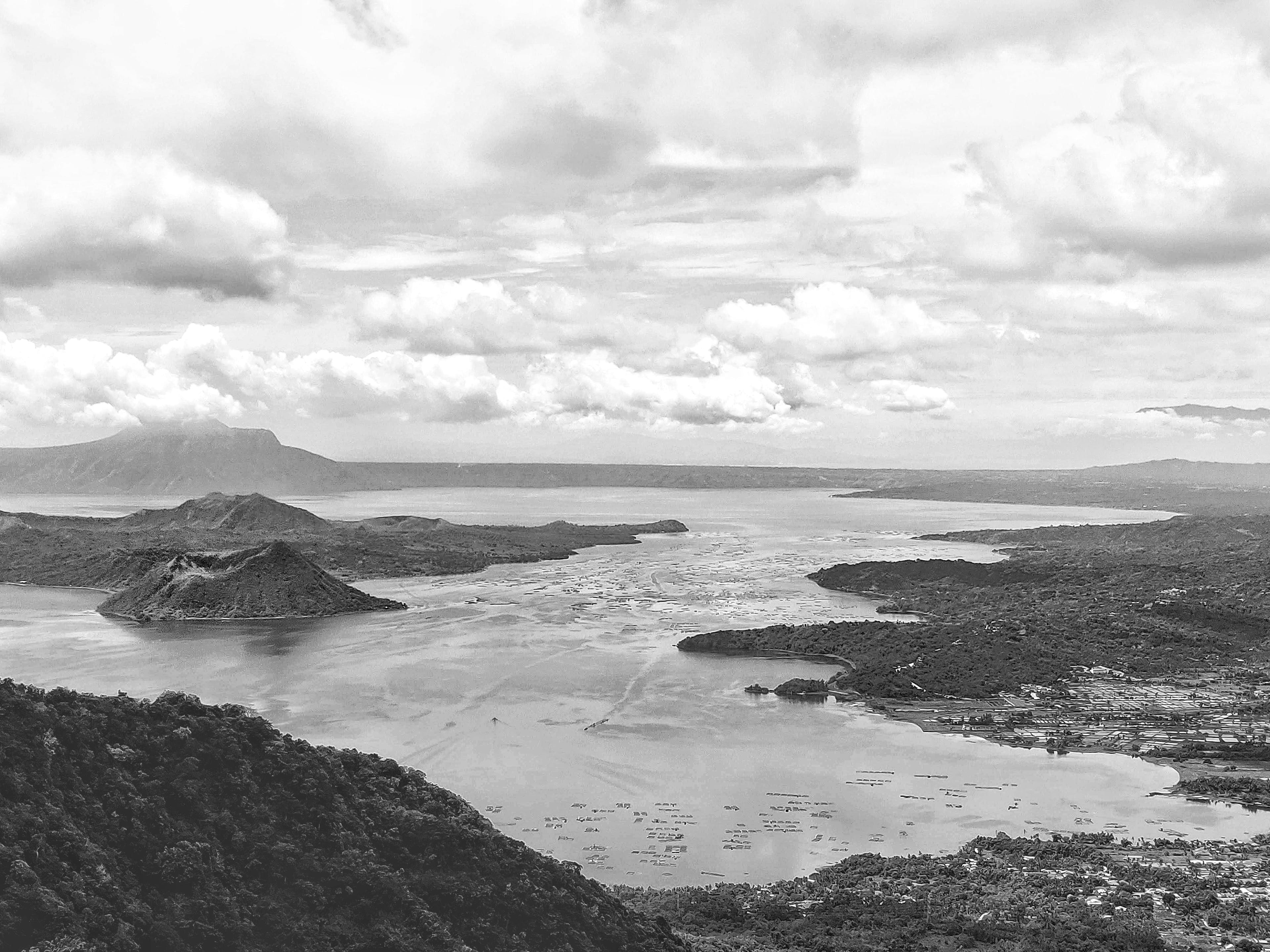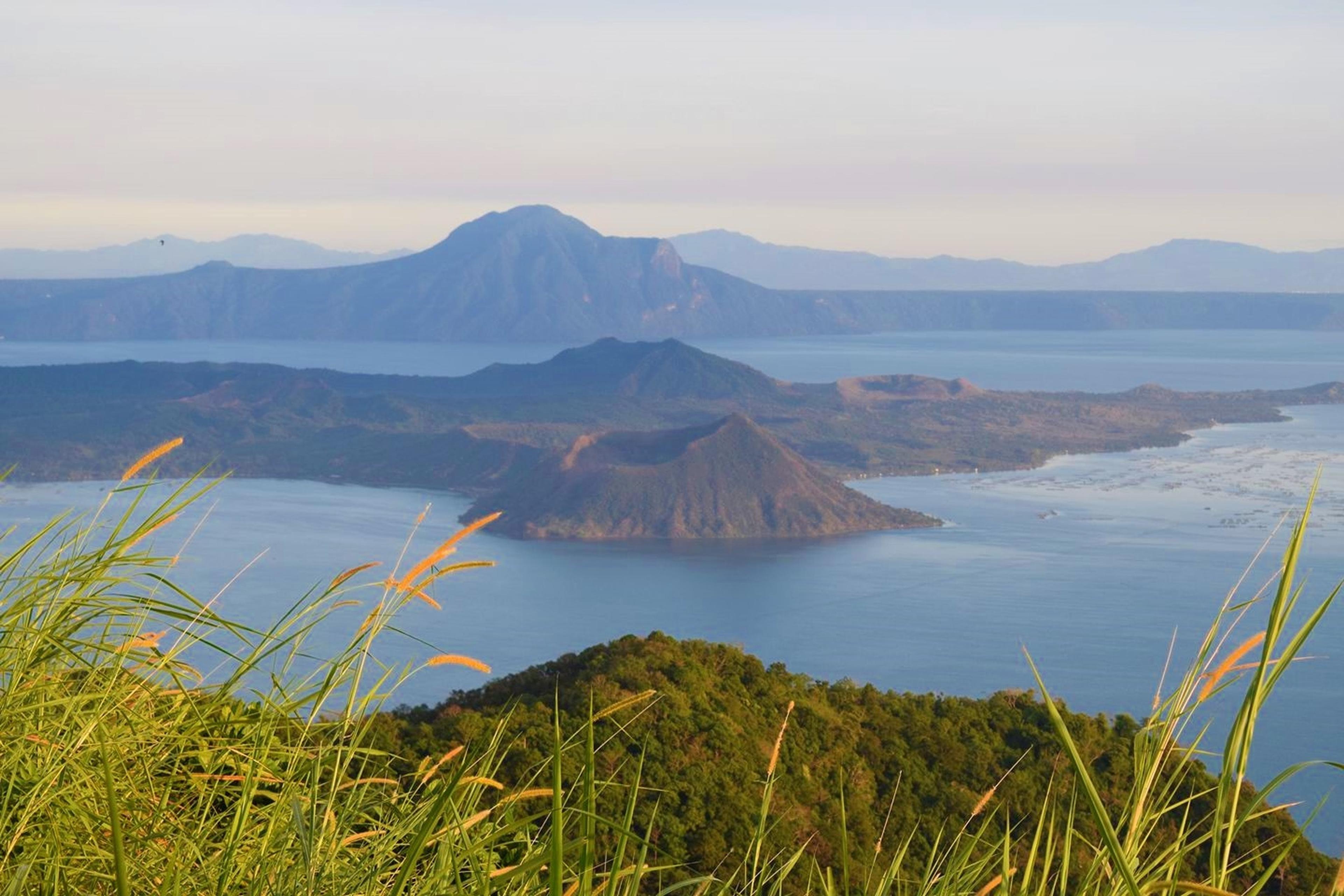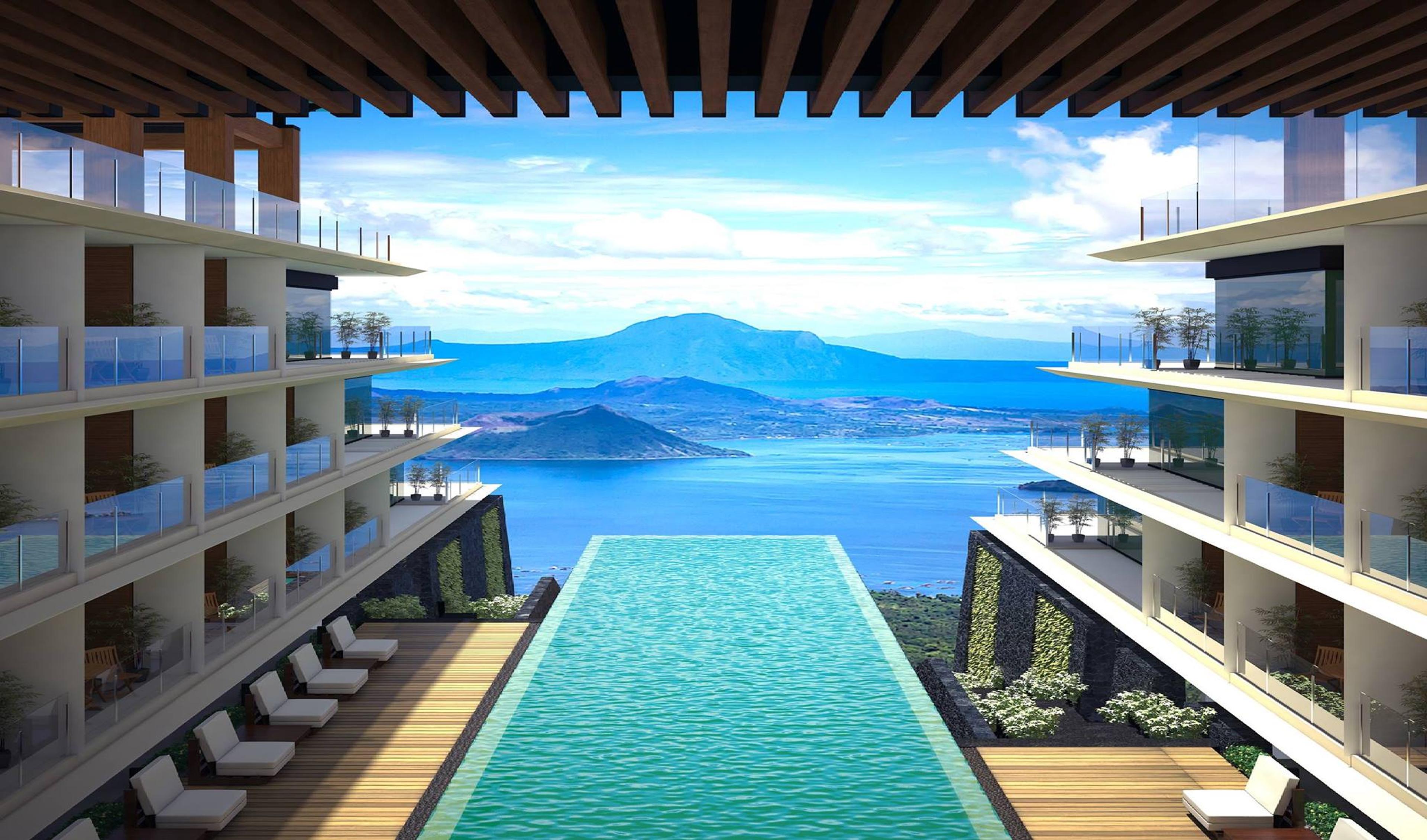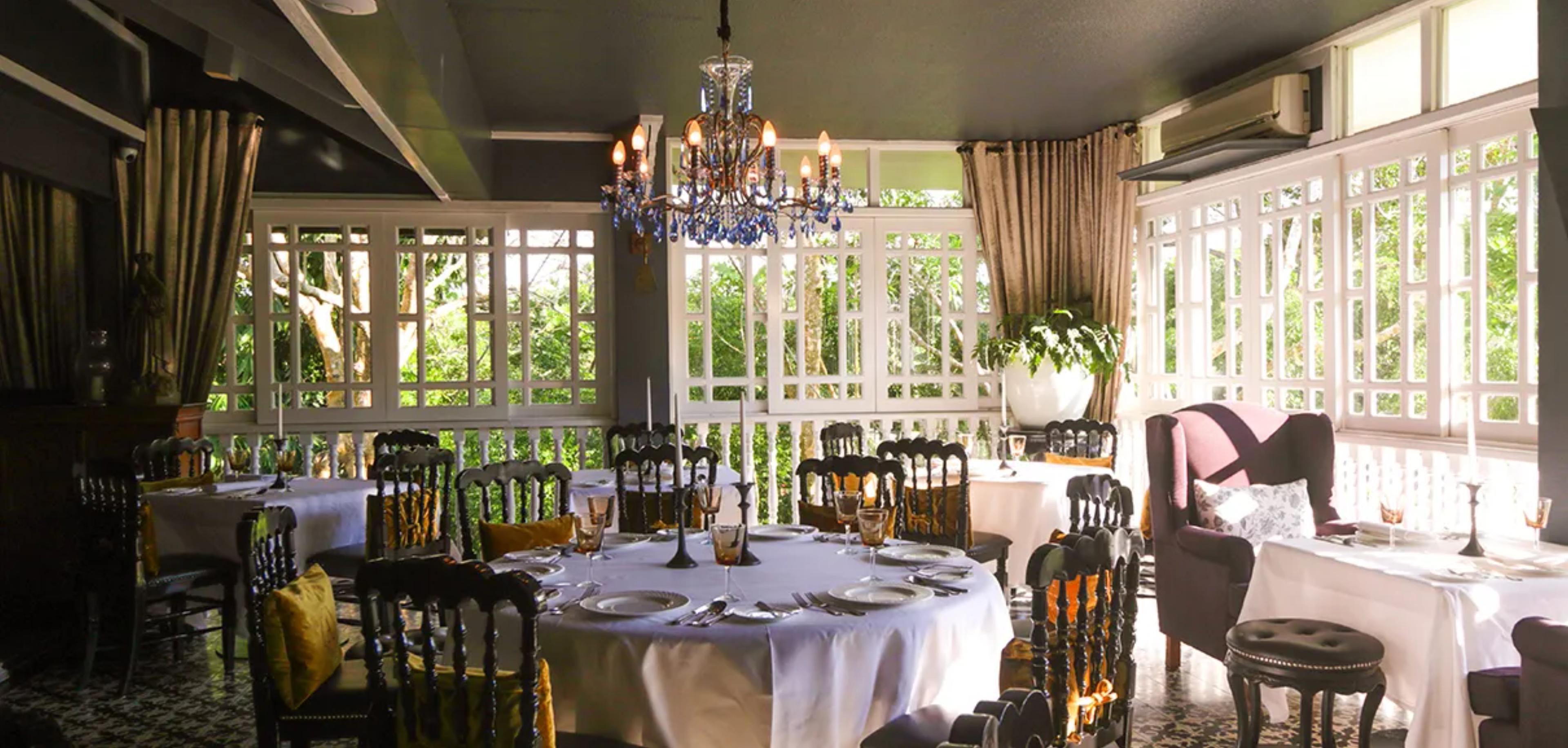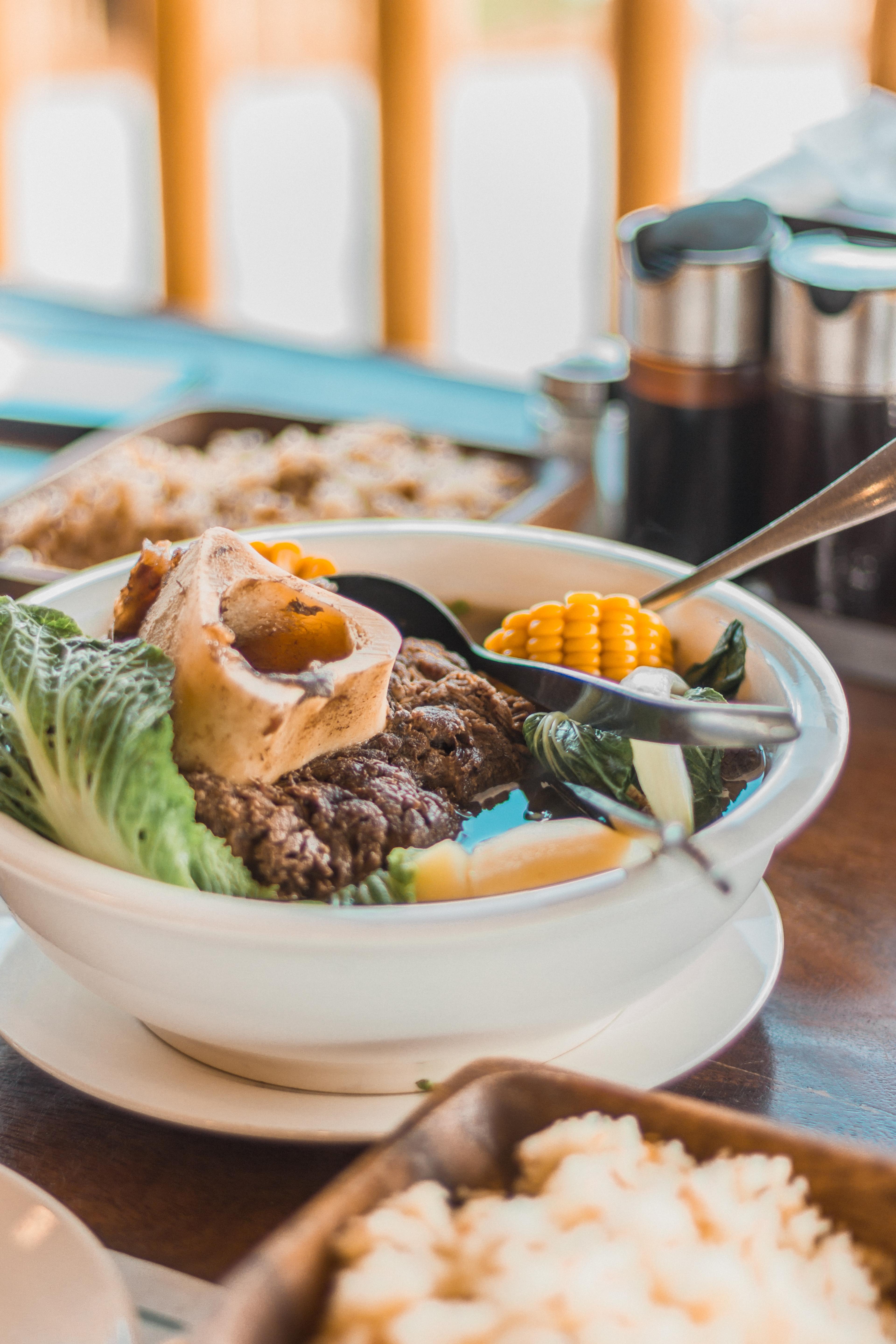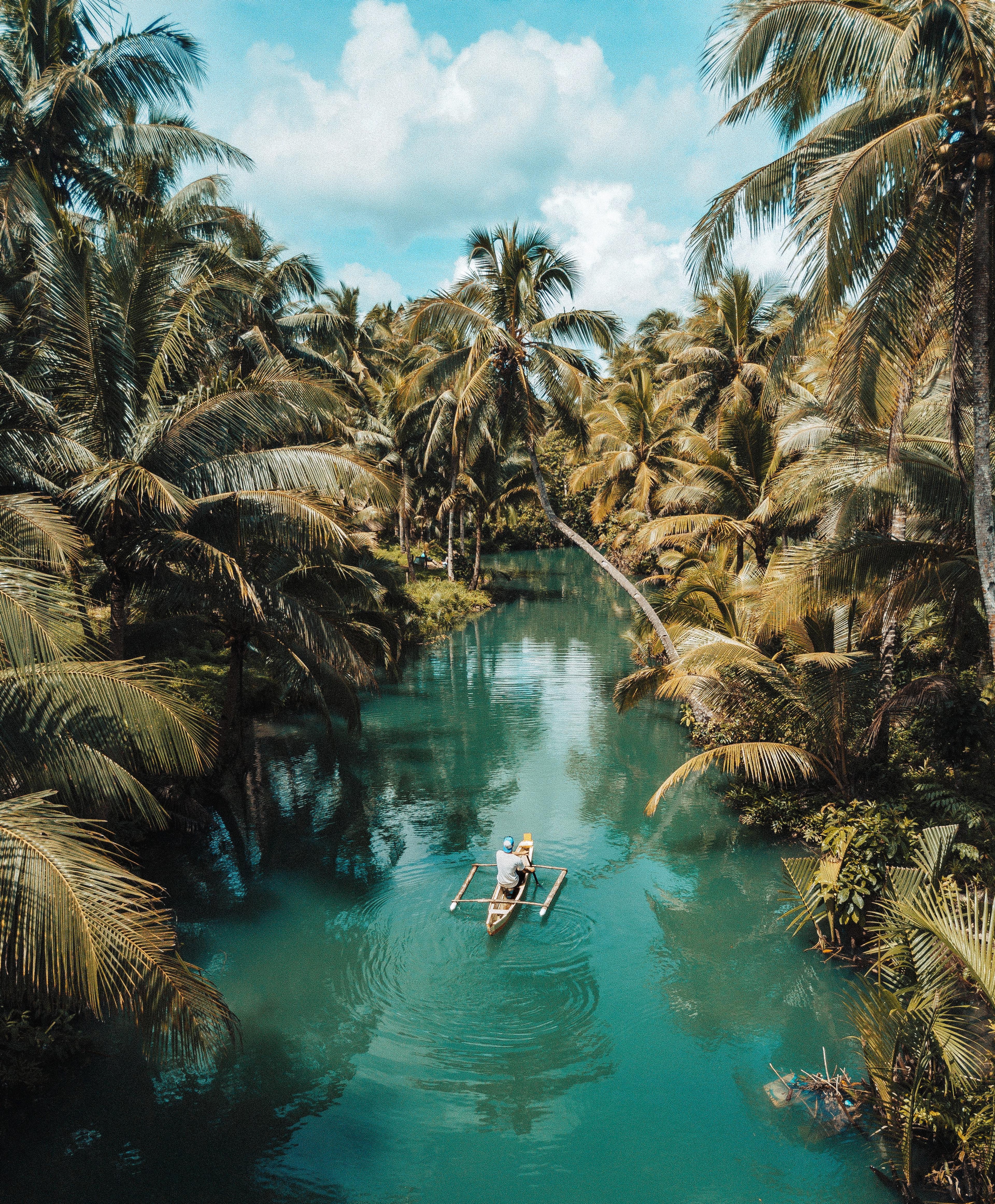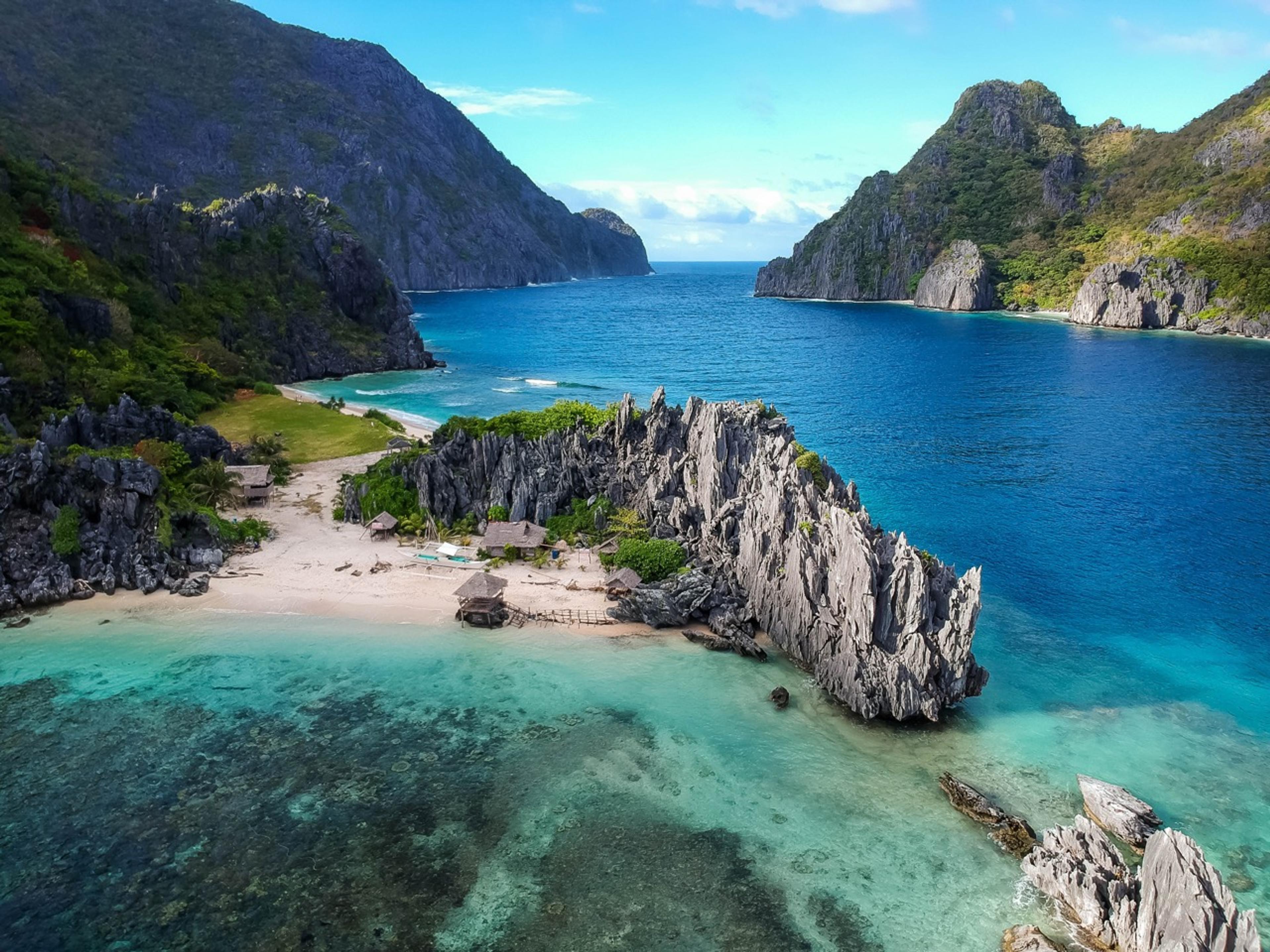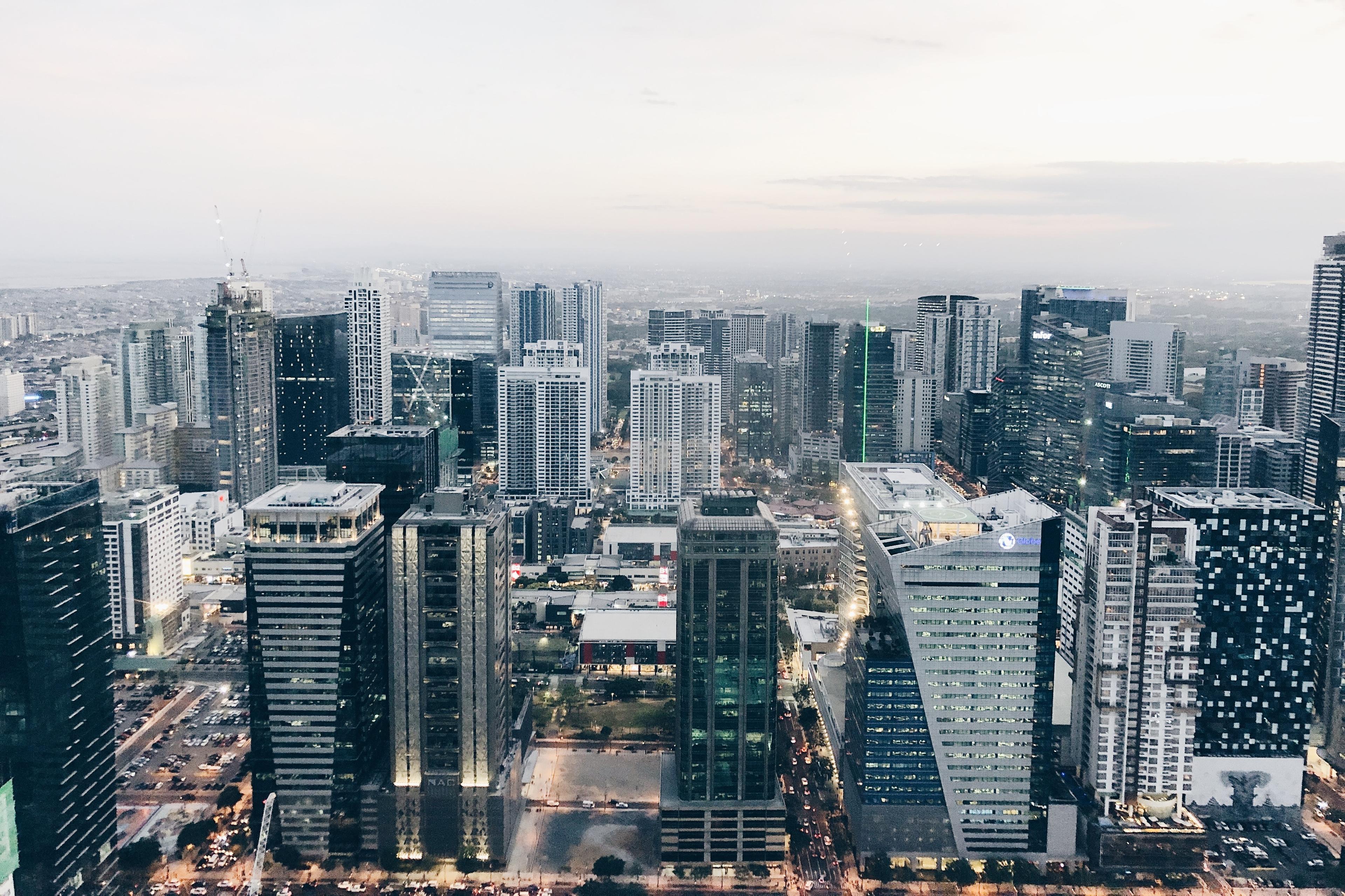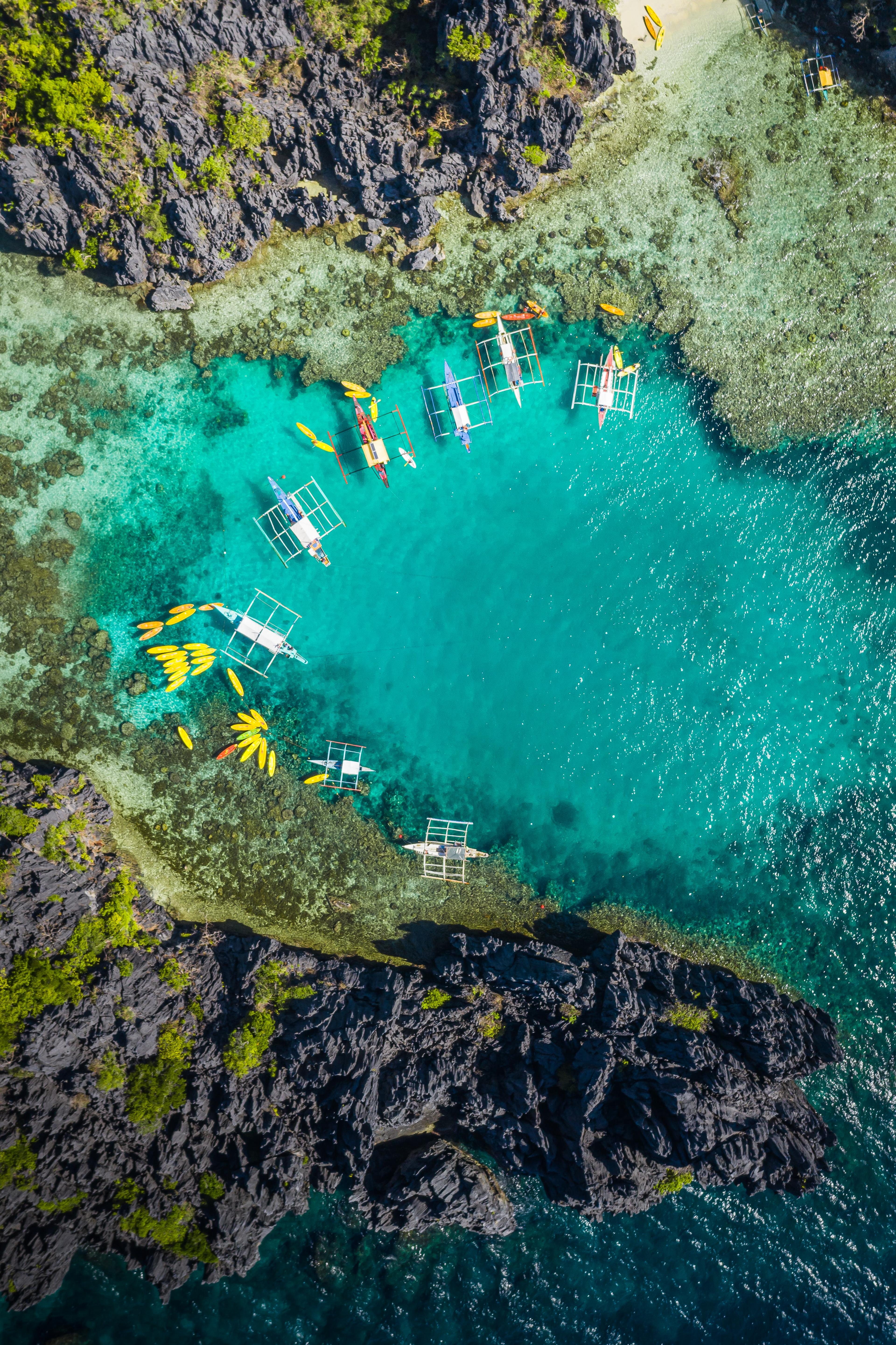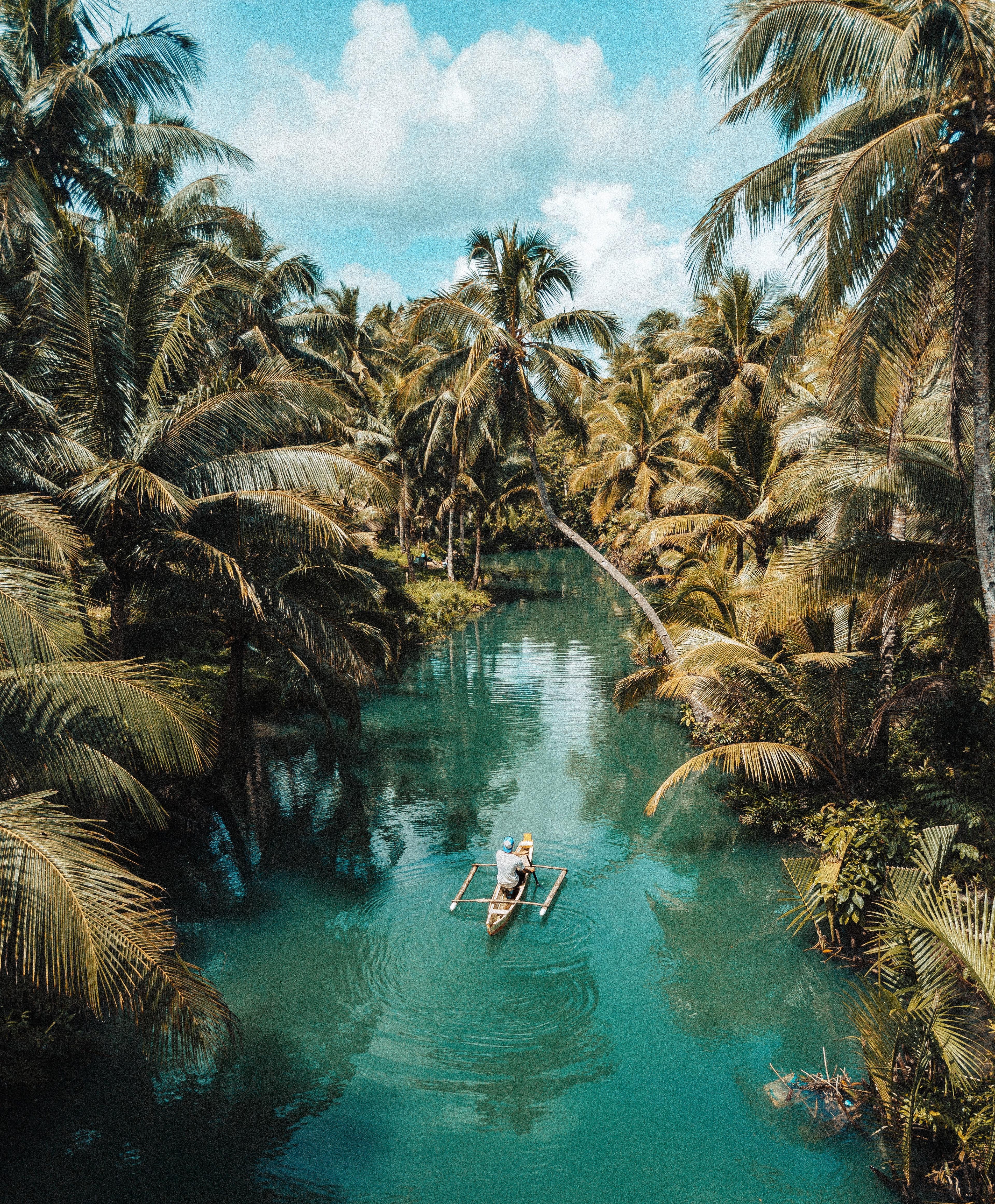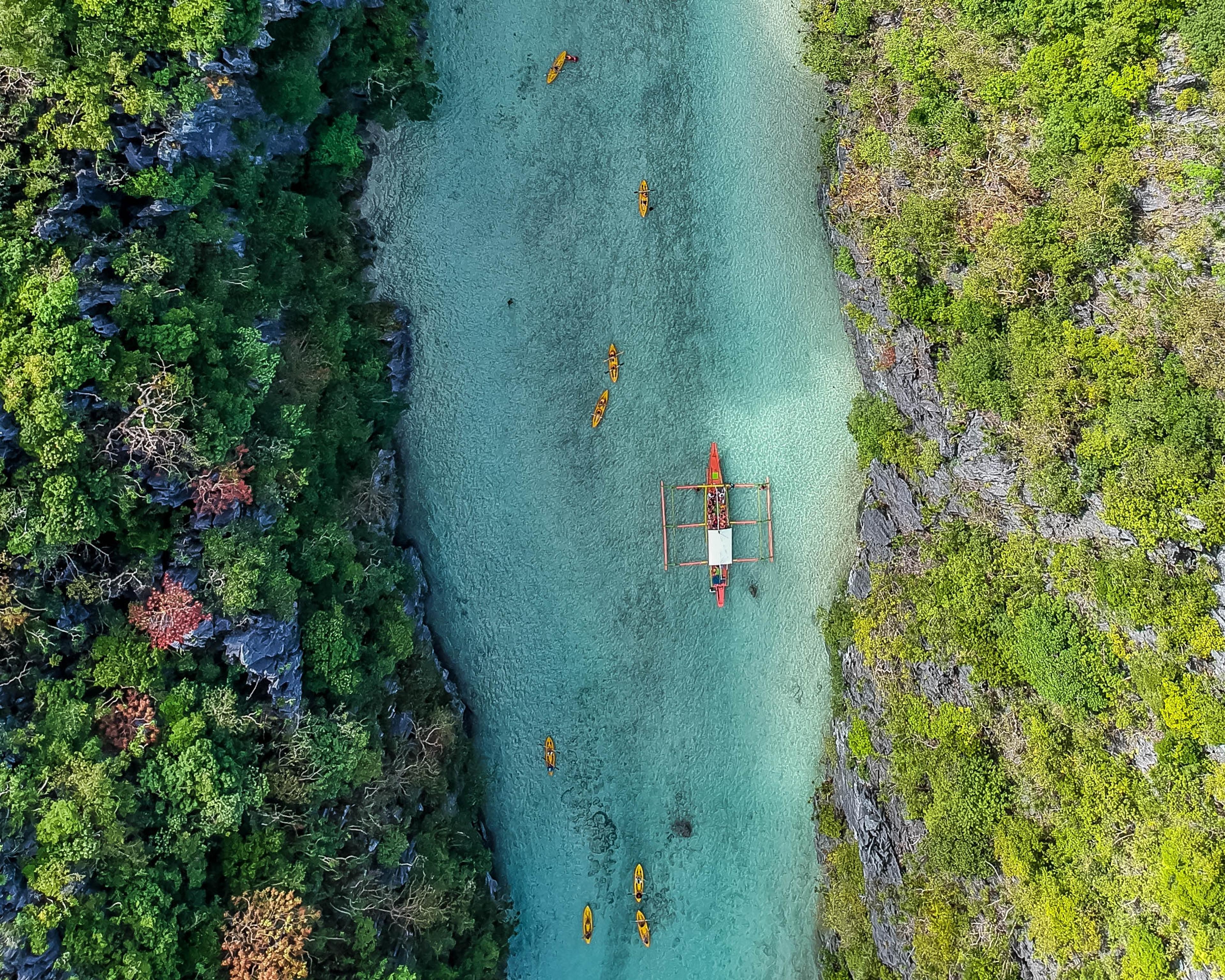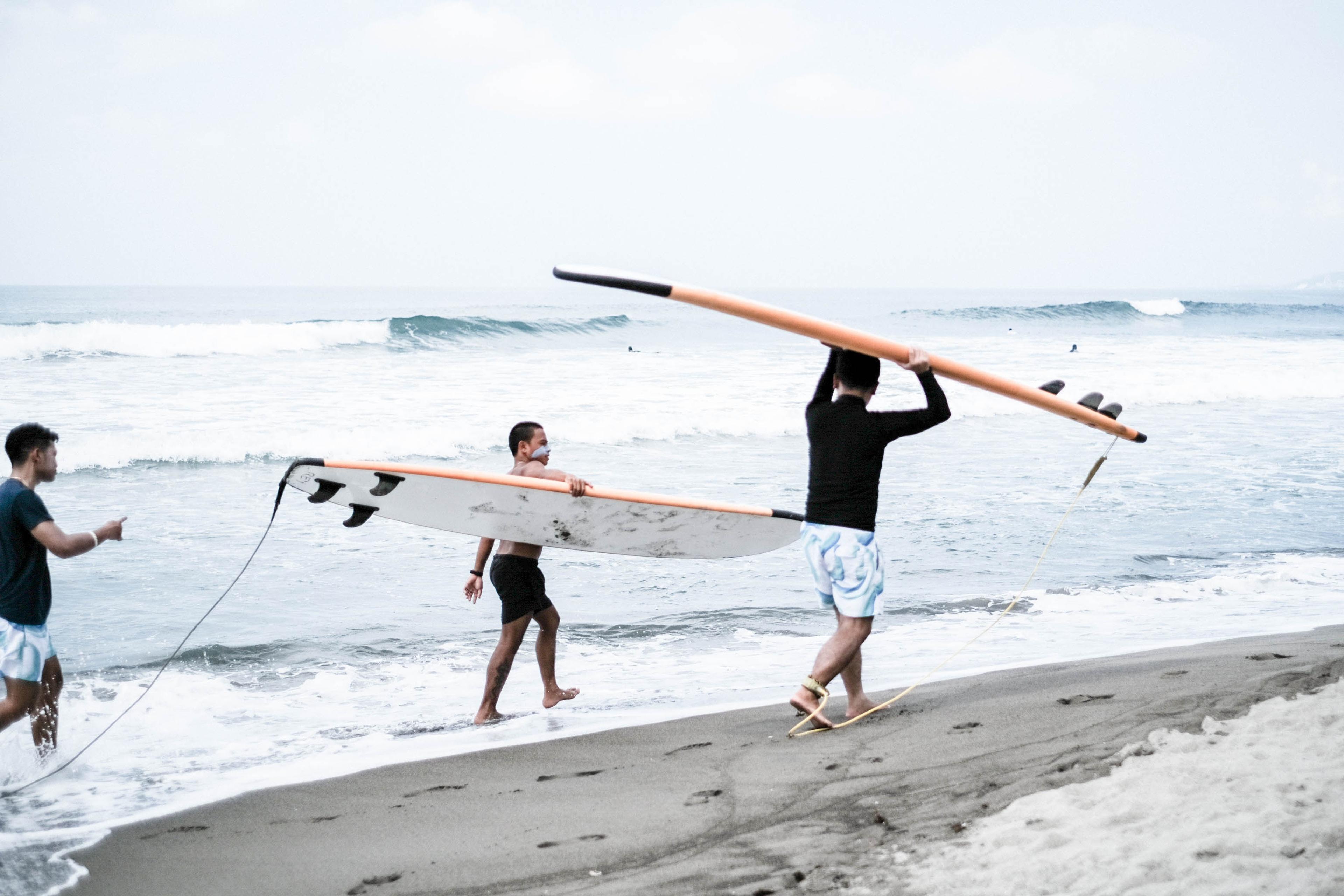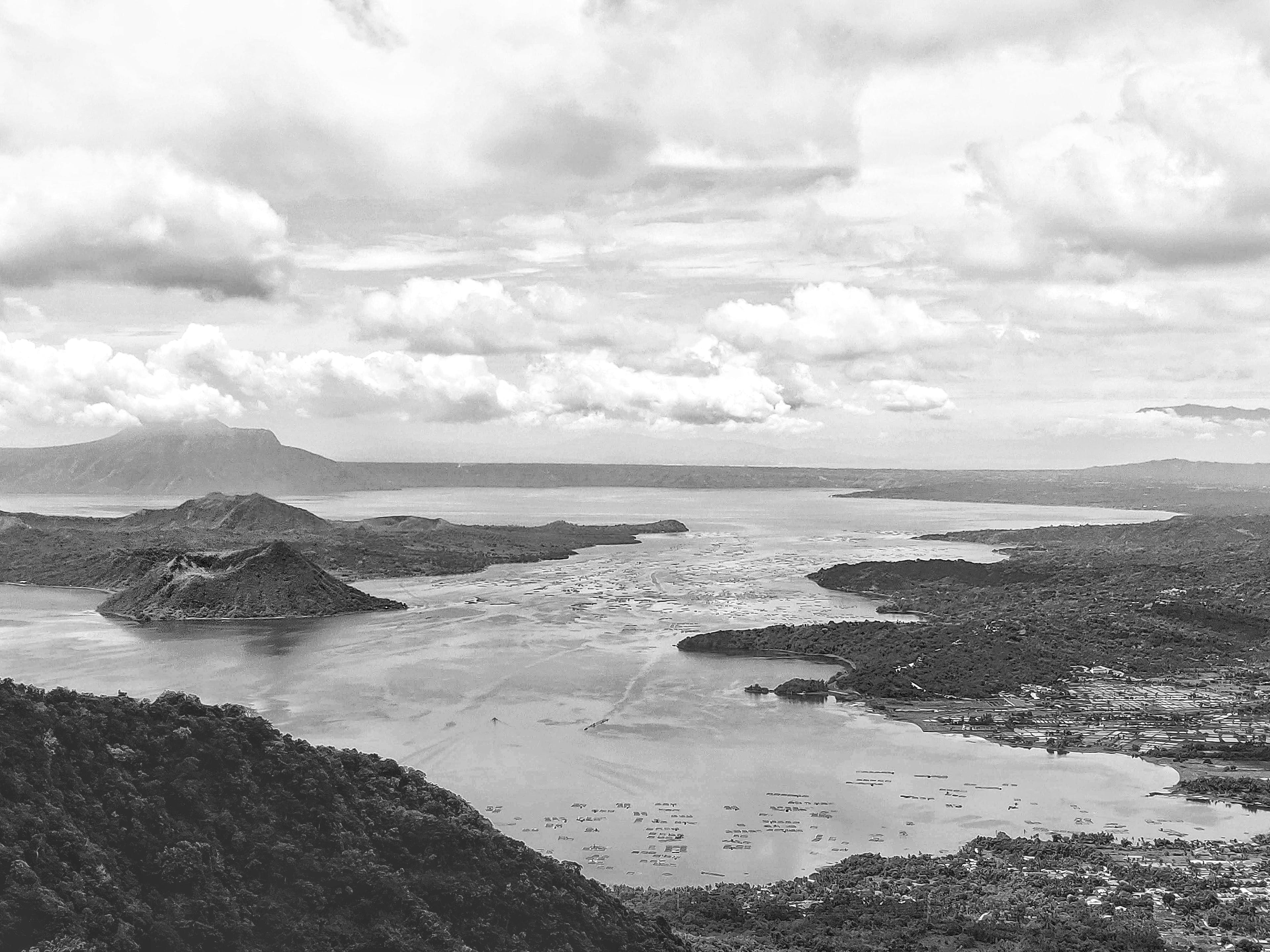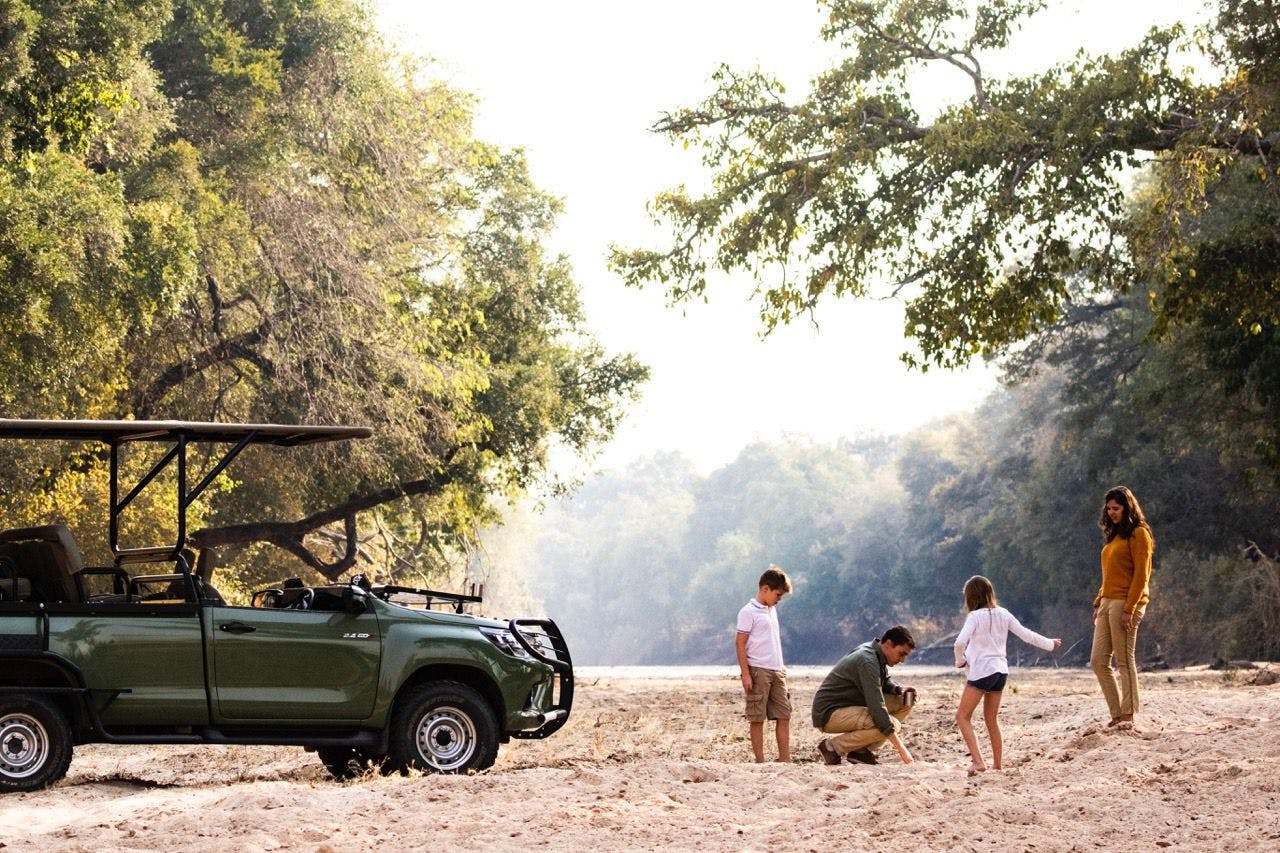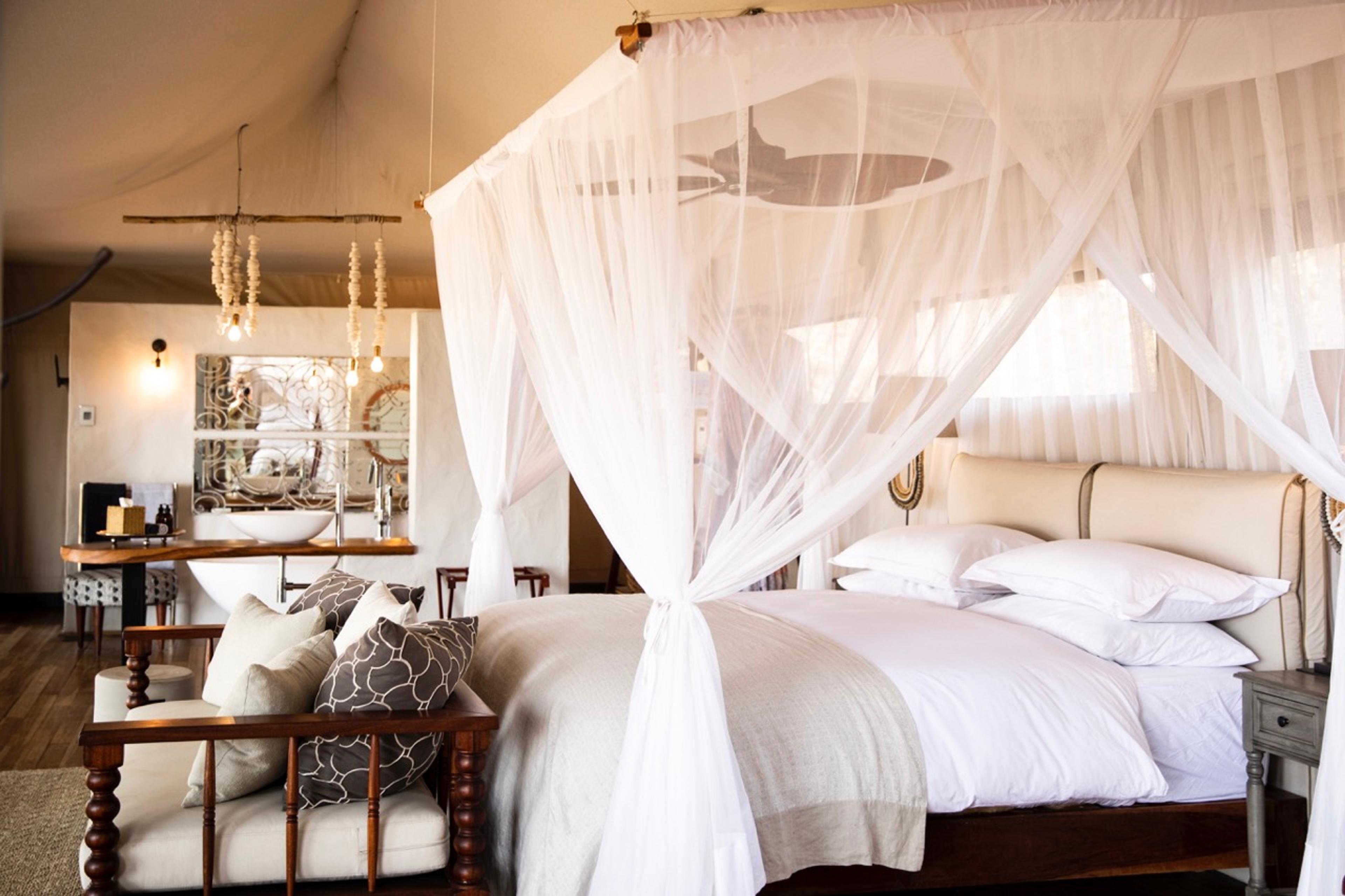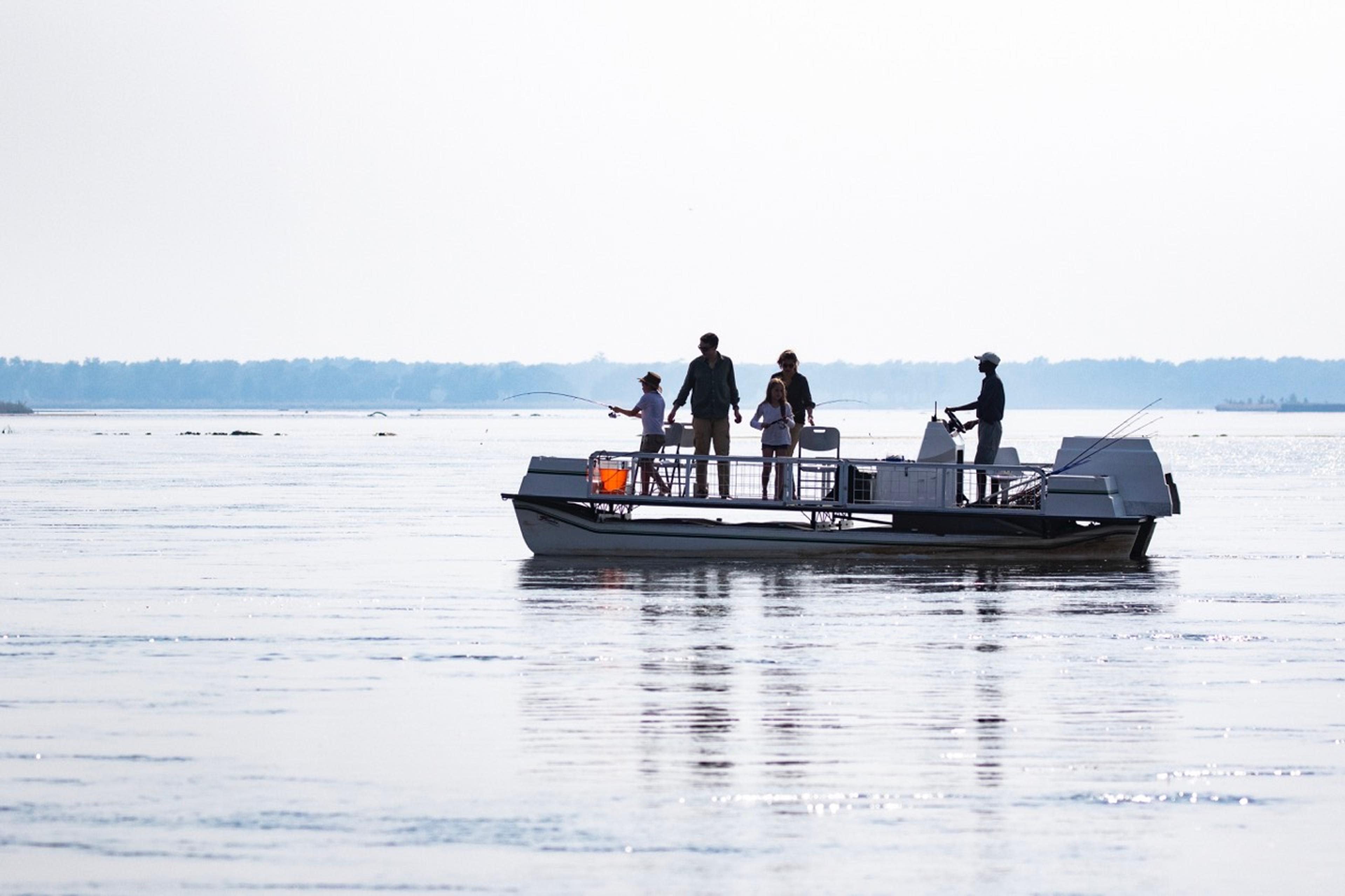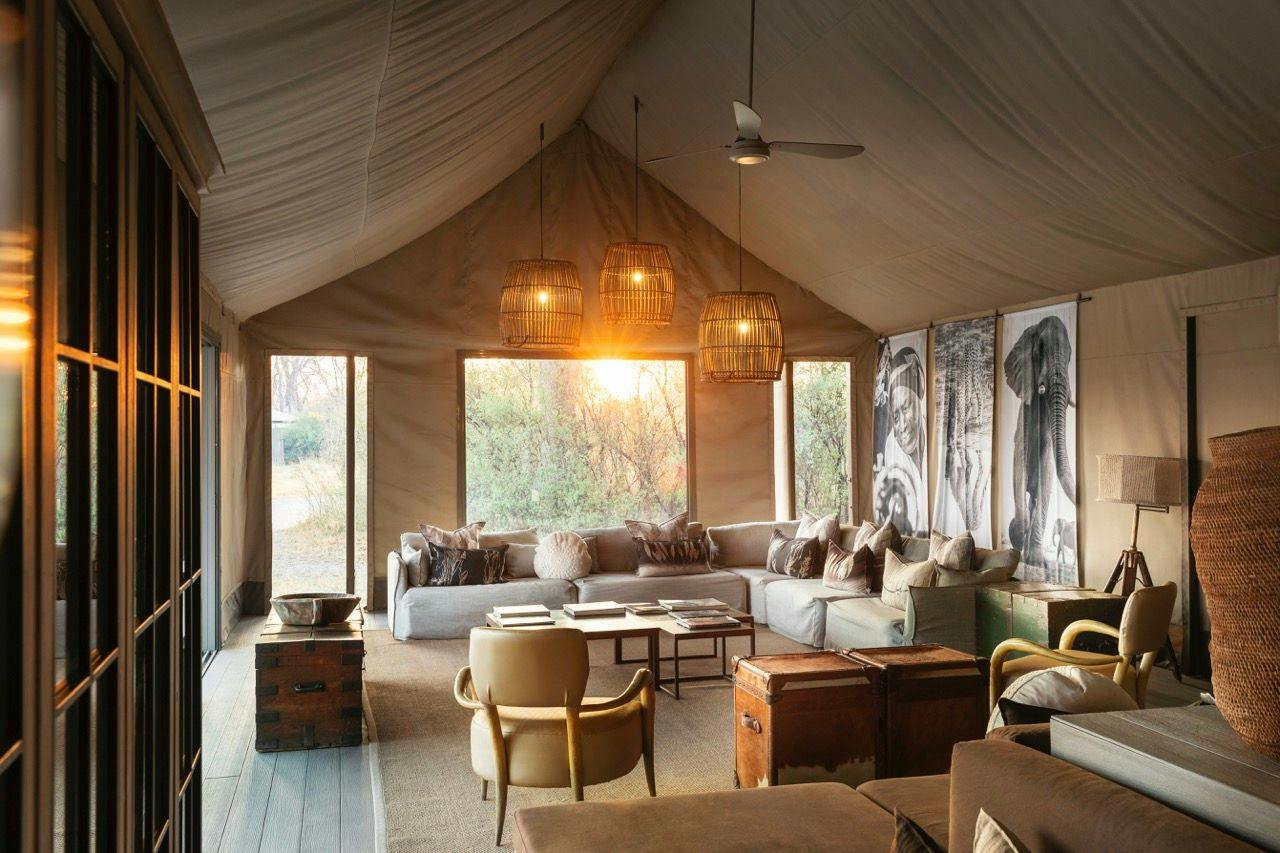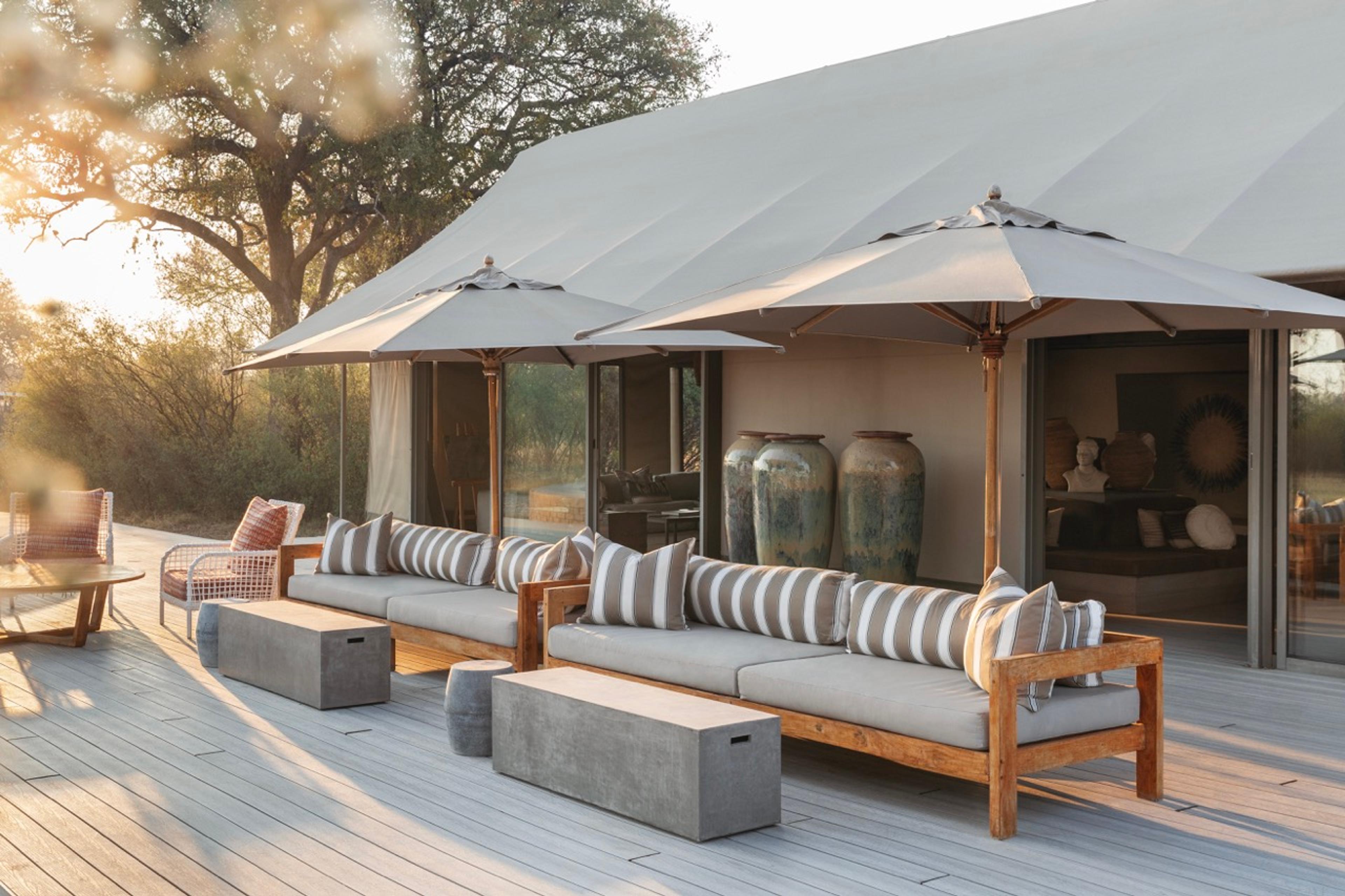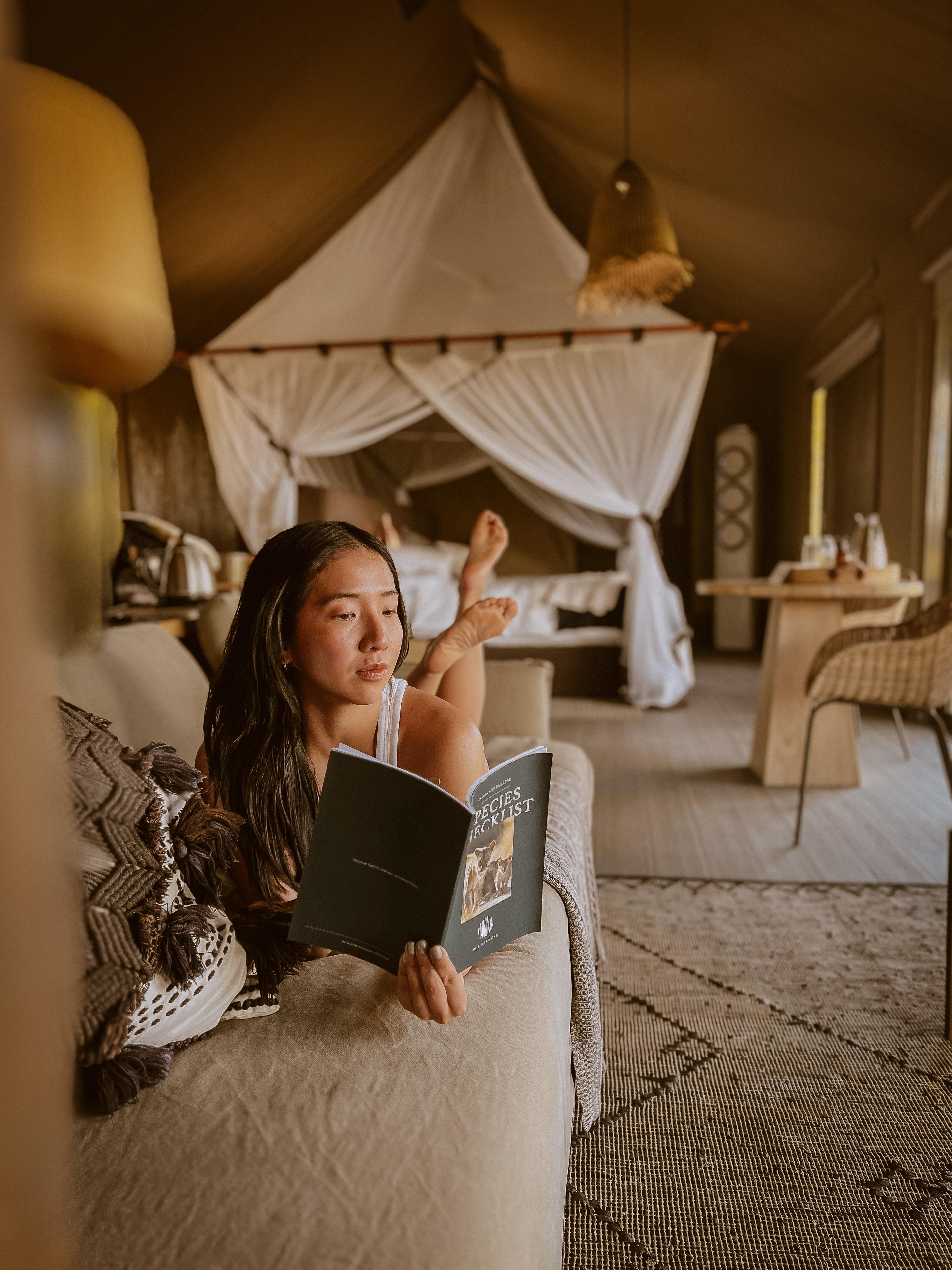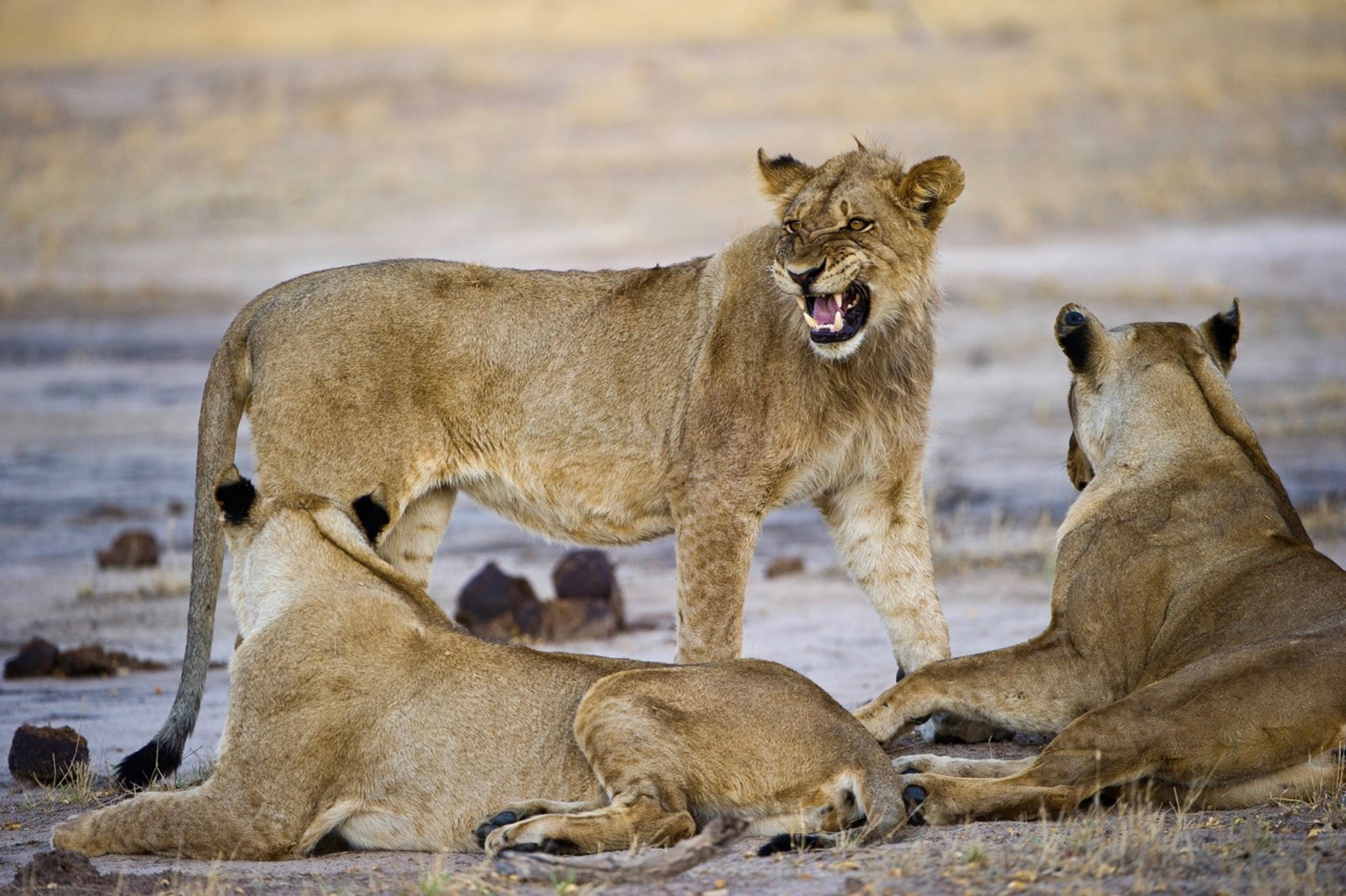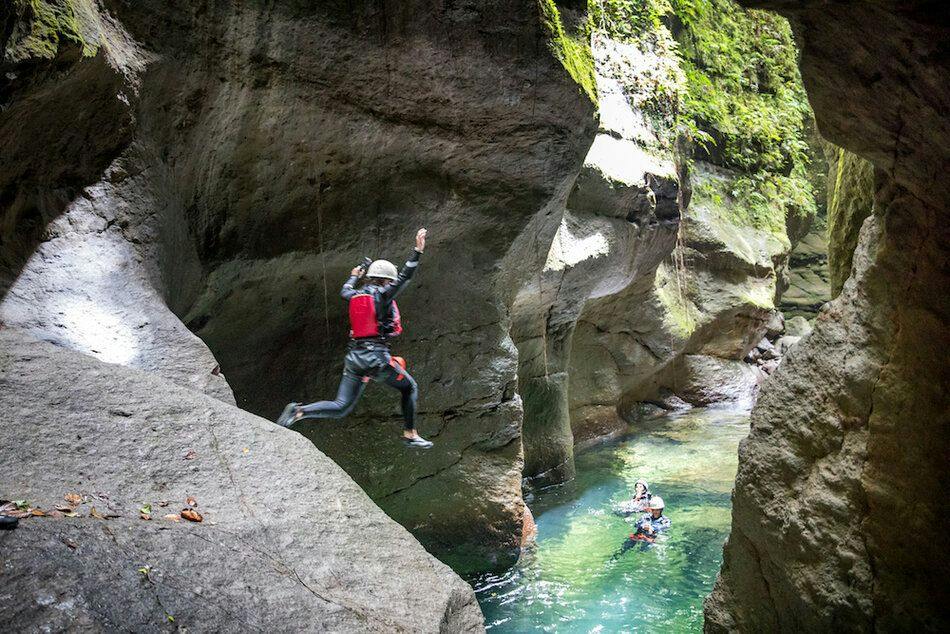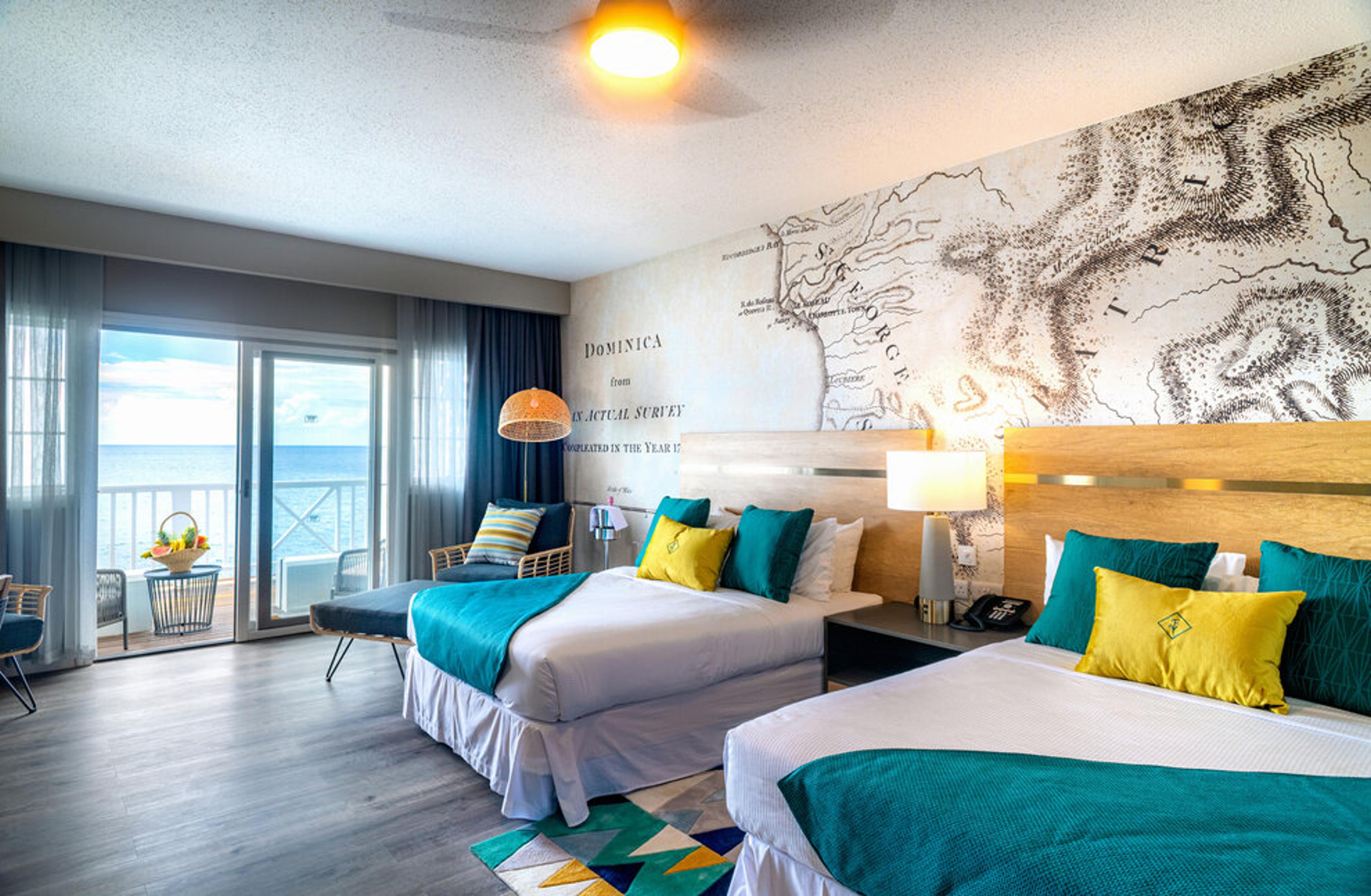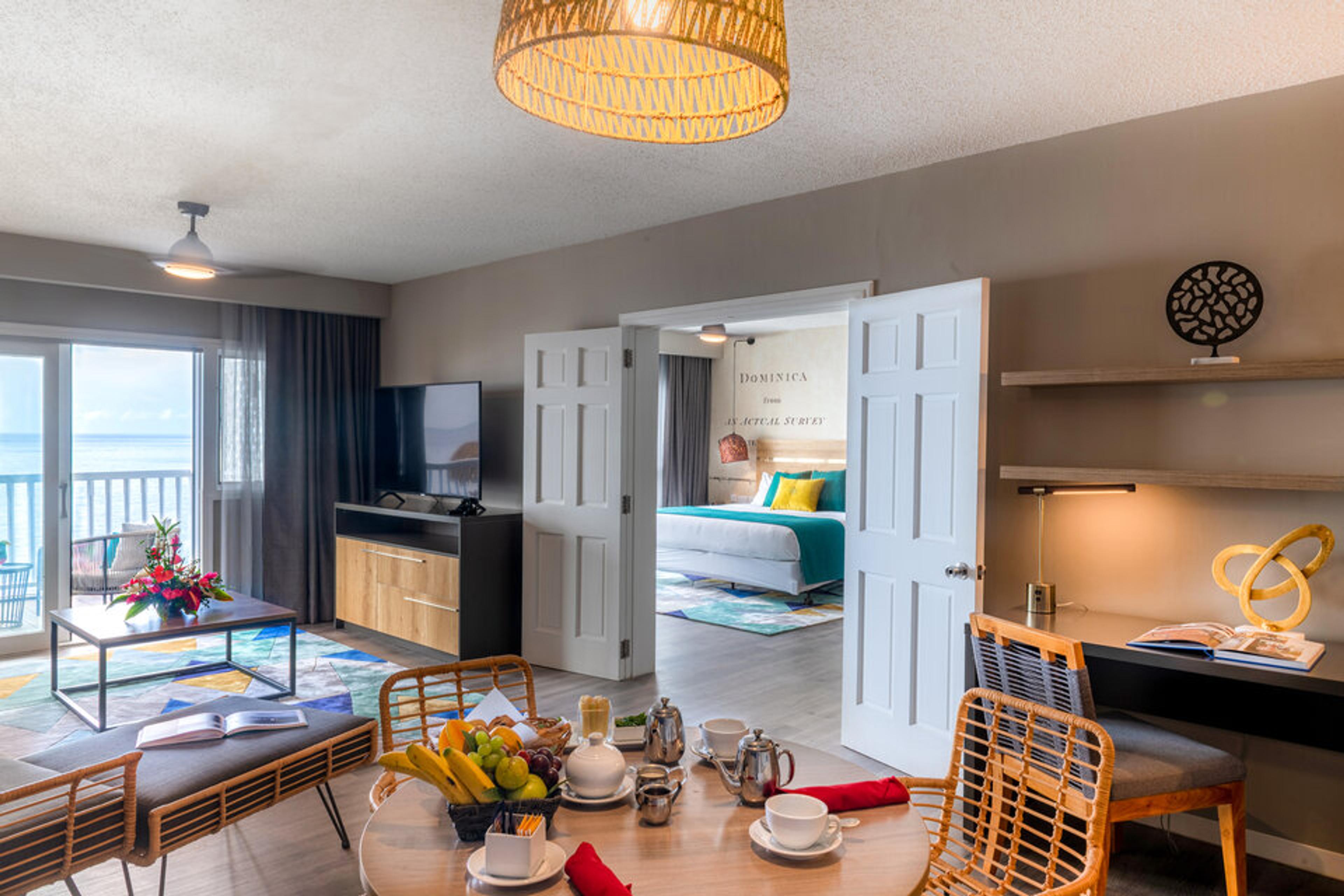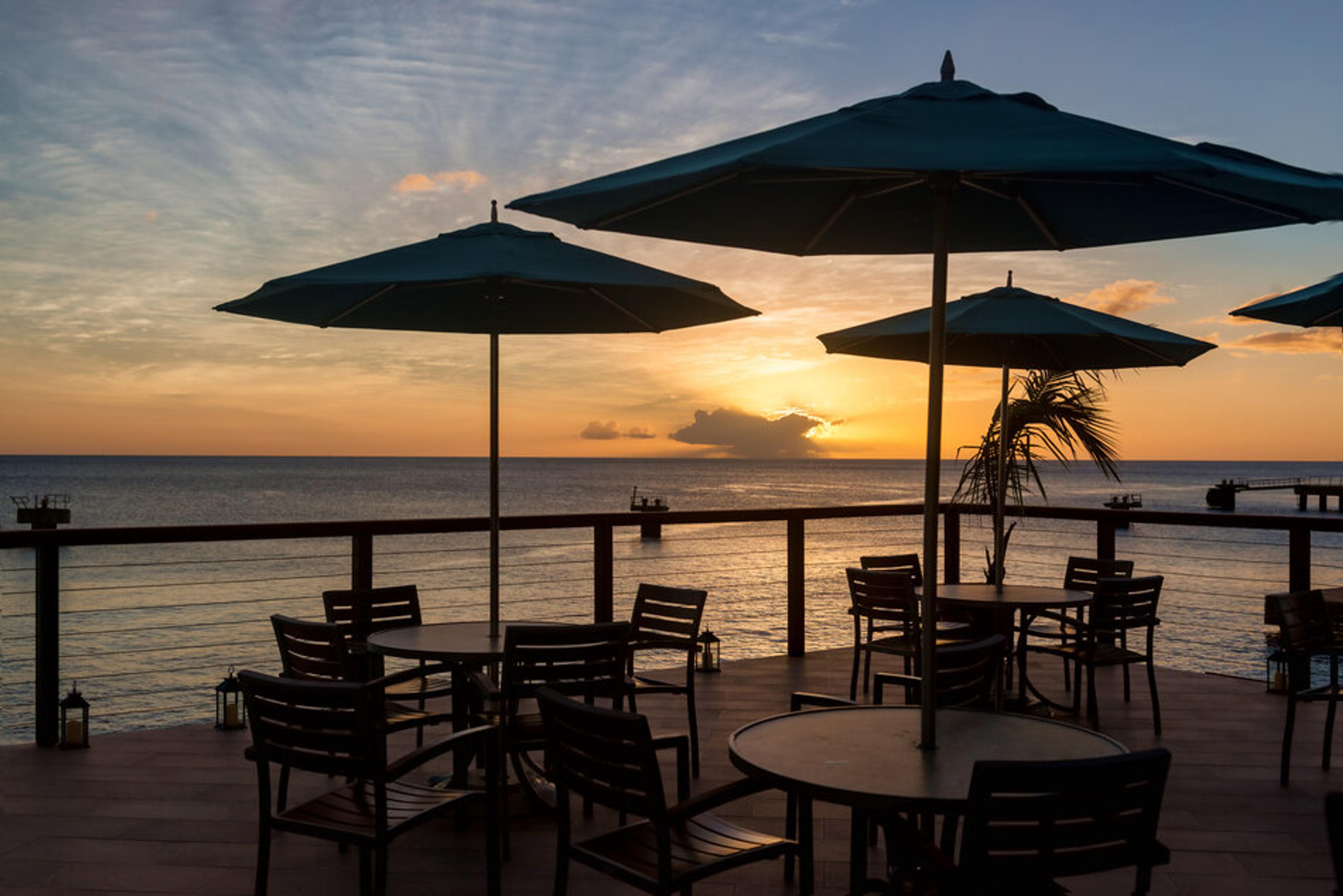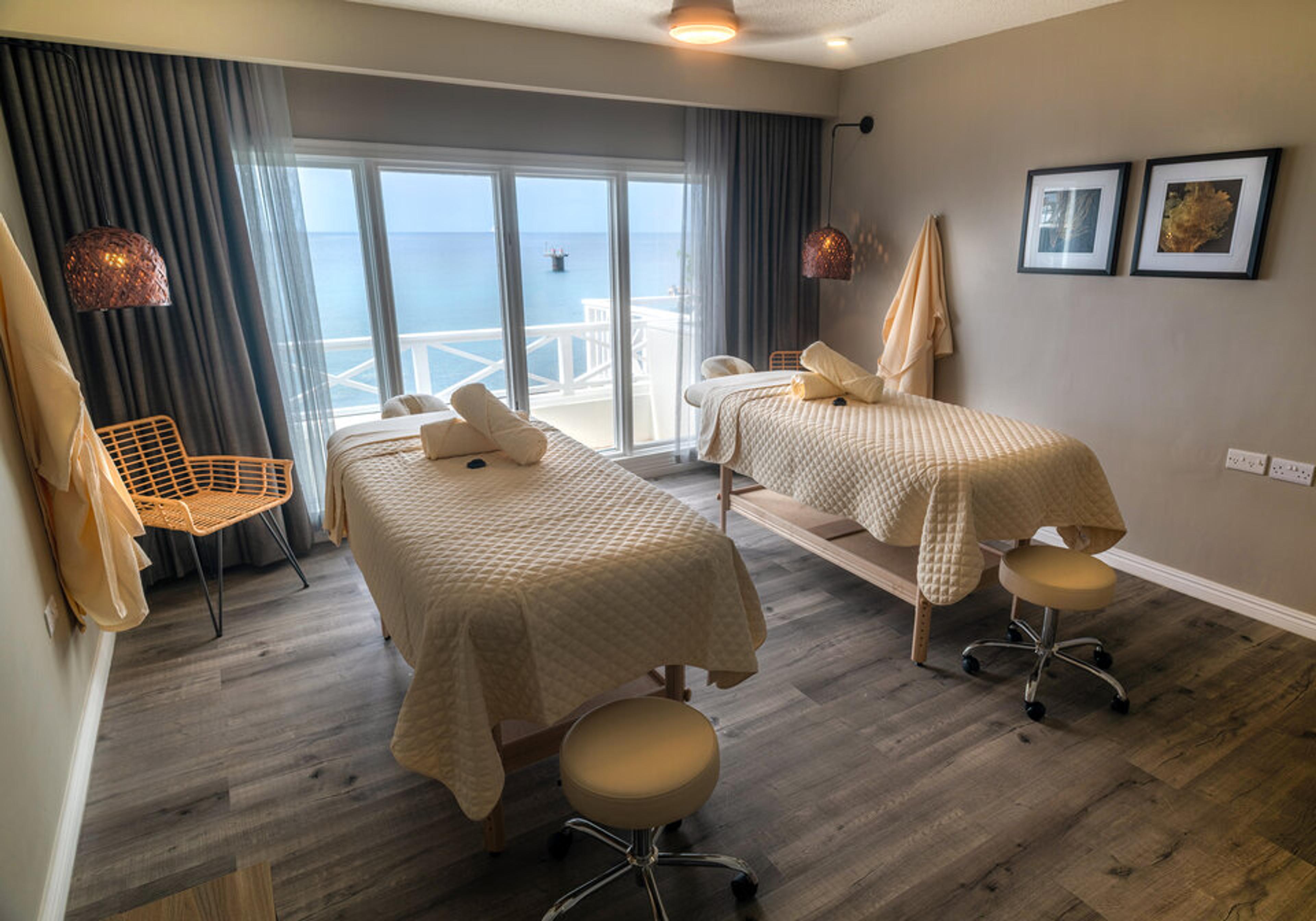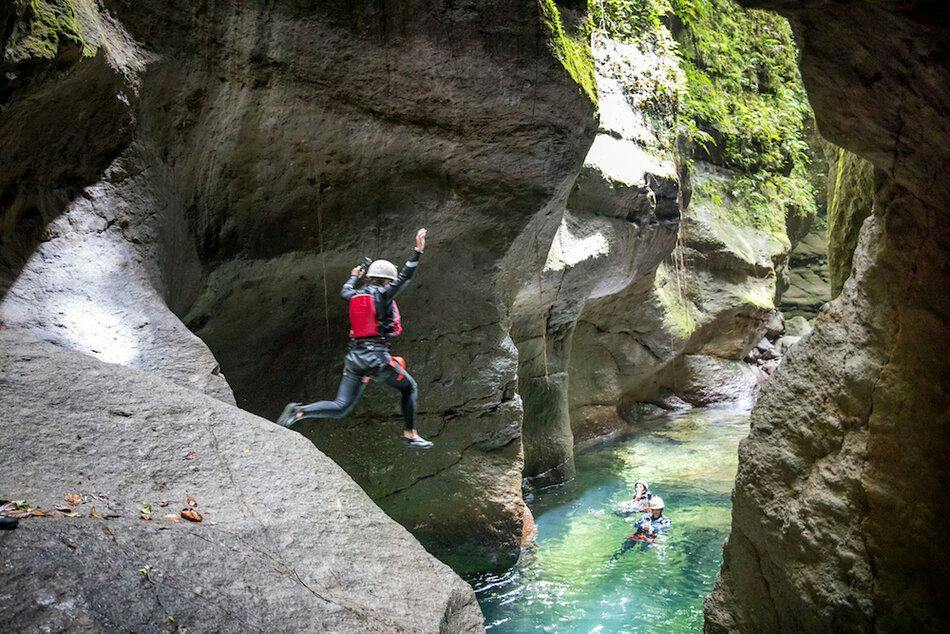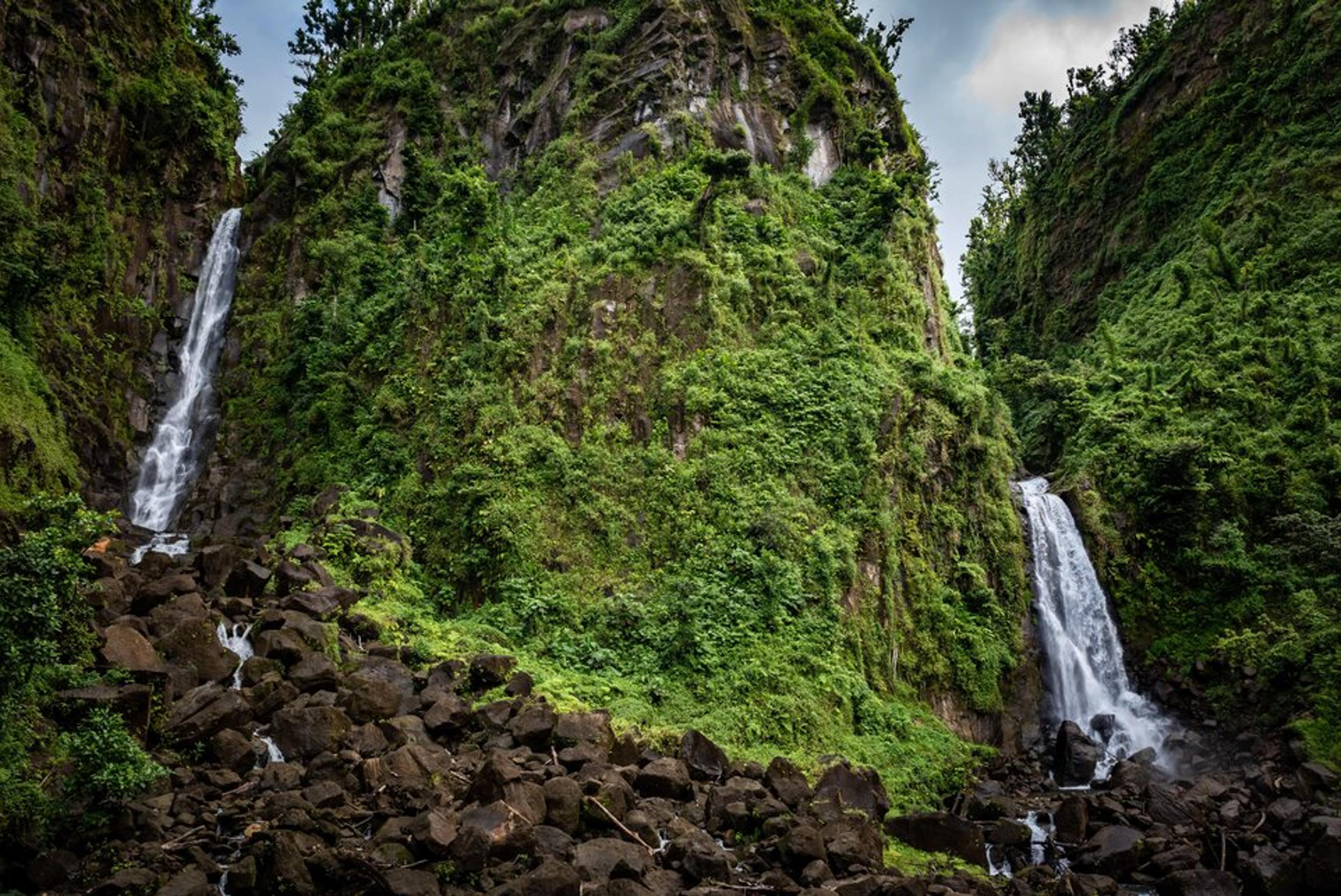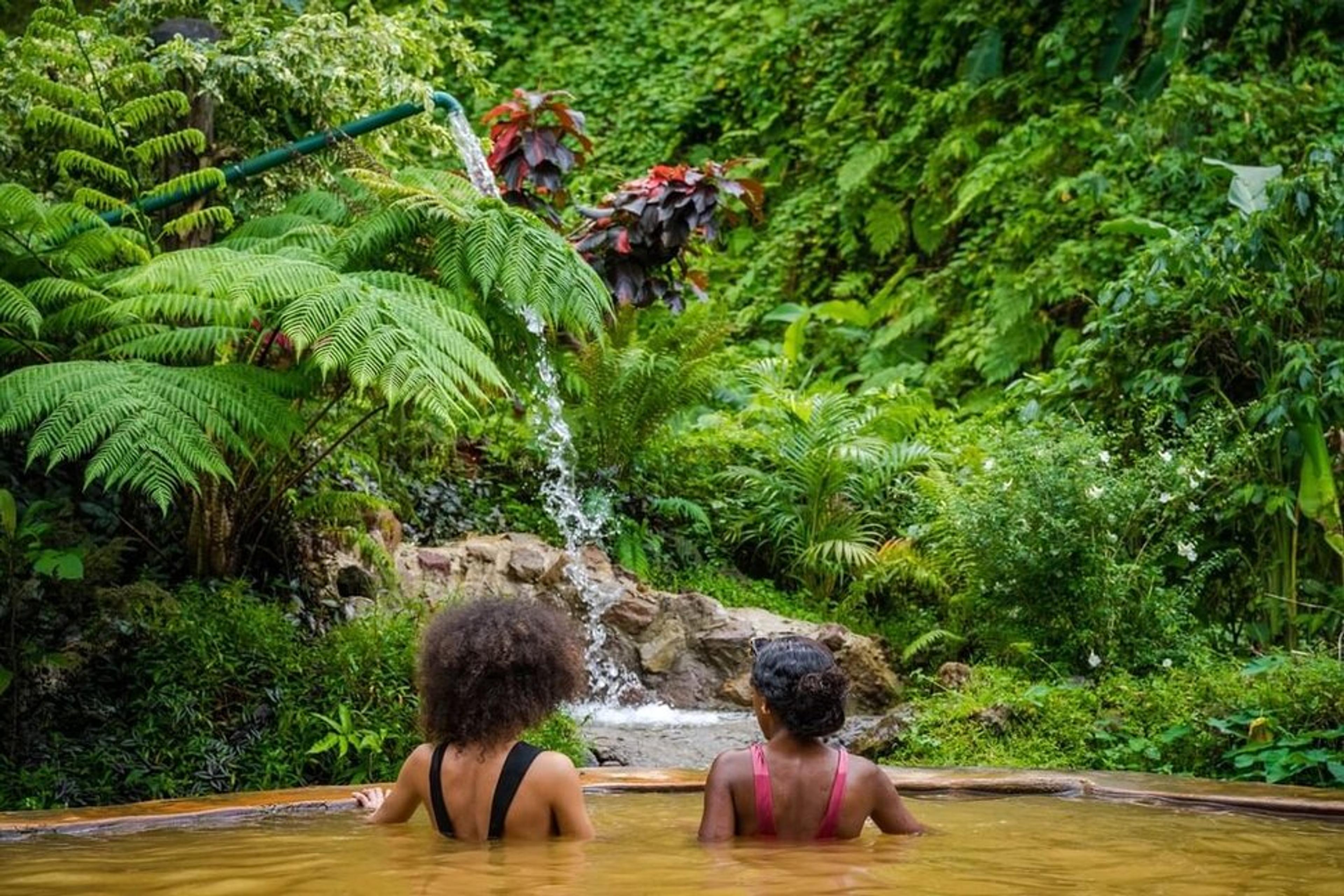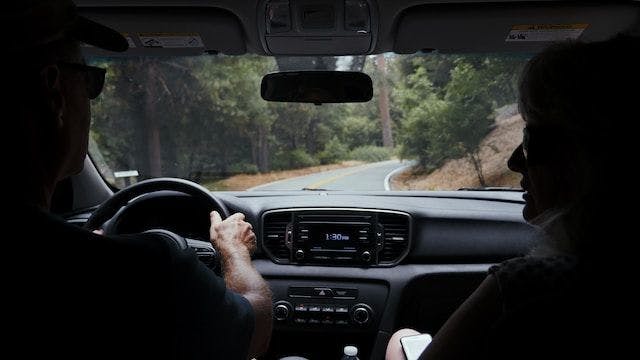With over 7,107 island (depending on the tide) the Philippines is a country that offers so much for travellers looking for sun, sea, sand and culture. Filipinos are known for our warm hospitality and our country, otherwise known as ‘The Pearl of the Orient’ is one of the most beautiful travel destinations in Southeast Asia. If the Philippines has been on your travel bucket list, then let this local give you the best Philippine travel tips so you can travel in style.
History, culture and language
The Philippines is the only predominantly Christian nation in Southeast Asia, which can be attributed to the Spanish who occupied the archipelago for over 300 years. Thanks to this – Filipino culture blends Eastern and Western influences – and our national dish the ‘adobo’ even takes plenty of influence from the Spanish. Other famous foods like ‘caldereta’ and ‘menudo’ also take a lot of inspiration from Spanish cuisine. So, don’t be surprised to learn that some of the most common names in the Philippines are ‘Juan’ and ‘Maria’ and that in plenty of rural provinces, Spanish architecture still remains. In fact, you can find the old ruins of Intramuros amidst the chaotic capital of Metro Manila – which shows the remnants of our time as a Spanish colony.
The capital of the Philippines is Metro Manila, which is a bustling metropolis that is home to over 20 million people. The chaotic capital offers plenty of cultural sites too, as well as great shopping, food and entertainment. Check-into one of the five-star hotels on Manila Bay to watch one of the famous Manila sunsets, or visit Rizal Park or the National Museum, where you can see historical works of art including the famous ‘Solarium’.
Filipinos in Metro Manila spend much of their daily life in shopping malls, which are all over the city. Here, you can shop, dine, eat, and socialise just like Filipinos do. In terms of nightlife, check out the super clubs in Bonifacio Global City (BGC), or Población – which has attracted a cool millennial and Gen Z crowd thanks to its cool, underground speakeasies and bars.
The national language is Tagalog, though most Filipinos can speak English – so you won’t have to worry about any language barriers. The national currency is the Philippine Peso, though most establishments in the major cities like Metro Manila, Cebu, Davao and Pampanga (to name a few) will accept card payments. However, do be prepared with cash when you visit more rural destinations.
Travelling to the Philippines
Most flights to the Philippines travel through either the Ninoy Aquino International Airport in Metro Manila (NAIA) or through the International Airport in Clark, Pampanga. Clark is about an hour and 45 minutes away from the capital, which is also where most domestic flights depart from.
If you’re travelling to Cebu, Boracay, Palawan or Siargao – then it is just a short flight (maximum a few hours) from the domestic terminal in Metro Manila. Don’t forget to check out travel advice and the latest Covid advice before travelling to the Philippines. As of May 2023, fully vaccinated travellers only need to sign a health declaration to enter the country.
Environment & Climate
Thanks to it being an archipelago, the Philippines has a wealth of beautiful tropical islands, white sand beaches, crystal clear waters, hidden lagoons, palm trees, world class diving, fantastic mountain landscapes and even volcanic landscapes too. The main draw for tourists are of course the islands with places like El Nido and Panglao Island in Palawan, the Underground River in Puerto Princesa, the Banawe Rice Terraces in the Cagayan Province, Chocolate Hills in Bohol, Taal Volcano in Tagaytay, Puerto Galera and Puerto Princesa, Boracay Island and Siargao Island some of the best destinations.
Generally speaking, there are only two seasons in the Philippines – wet and dry. Dry season begins around December until May, peaking during April and May (which is summer in the Philippines). Wet season, or typhoon season, runs from June to November. During this season, plenty of places in the Philippines welcome heavy rains and typhoons, as well as strong ‘habagat’ winds – so if you’re looking for sure-sunshine, then it is better to visit during the dry season.
Is the Philippines expensive for tourists?
The Philippines is a relatively cheap destination for tourists. The Philippine Peso is approximately 70PHP to 1GBP, which means everything is cheaper for Brits. In Metro Manila, especially in luxury shopping malls, hotels and restaurants, prices can get quite steep. Super luxury resorts like Balesin, Amanpulo or Shangri-La in Boracay are just as expensive as their counterparts in other parts of the globe. However, there are plenty of cheaper alternatives for travellers on all kinds of budgets. For example, the Apo Experience on Apo Island is very famous among backpackers, so is the surf town of Siargao – which has plenty of cool hostels that draw in a very international crowd.
Boracay Island, which has been named as ‘the most beautiful beach in the world’ on numerous occasions is a bit more on the touristic side – but has plenty of hotel options for all budgets too. There really is something for everyone here.
Top tips for your first trip to the Philippines
If you are visiting the Philippines for the first time then you are surely in for a treat. Once you get to the airport get a local sim card (either Globe or Smart) as this will give you data that will allow you to move around with ease. There is no UBER in the Philippines, but there is Grab – so we recommend you download the application even before you land as it is much safer and better than using cabs (which sometimes have cheeky drivers that try and overcharge).
In terms of Philippines travel tips, the main draw are really the islands so we recommend staying just a couple of nights in Manila and heading to the beaches straight away. Better get your flip flops ready!
Best places to visit in the Philippines at a glance
Boracay Island, Aklan
Boracay Island is the most popular beach destination in the Philippines. This island is a favourite by tourists the world over thanks to its powder white sand, crystal clear waters, and vibrant foodie and nightlife scene. On White Beach, check into one of the mega resorts like The Lind or Discovery Shores for a true luxe experience. Dine at Lemoni Café, which is a foodie institution on the island, or enjoy the fresh fish straight from the market in D’Mall. If you want to avoid the tourist hoards, then why not stay in one of the island’s quieter beaches? Kite surfer favourite Bolabog Beach is much quieter and our favourite spot here is Banana Bay Boracay – a boutique hotel that is Bolabog’s best kept secret.
For a more low-key beach vibe then head on over to Diniwid Beach, which sits on a small cove at the end of White Beach. Here, don’t forget to try out some of the cocktails at DiniBeach Bar – another local favourite.
Where to stay: Banana Bay Boracay
Banana Bay is located in the charming kitesurfing beach of Bolabog and has excellent accommodation for a very reasonable price. This family-run hotel is a true gem on the island. The rooms are spacious and contemporary and there is even a saltwater treated pool. Banana Bay Boracay is also home to a kitesurfing school – so if you’ve ever wanted to try this extreme sport – then now is your time to go for it! The hotel’s on-site Monkey Tree Bar also offers the best burgers on the island, but don’t forget to try other fan-favourite dishes like the Mee Goreng and ‘Einagang Baka’.
Where to eat: Lemoni Café
Lemoni Café is one of the most beloved restaurants, operating in Boracay for almost 20 years. It is one of the first gourmet restaurants on the island and has been delighting travellers with its delicious Fish Cakes, Tiger Prawns Risottos, and excellent breakfast and brunch options ever since. It is also one of the highest rated restaurants on the island.
Siargao Island, Surigao Del Norte
Siargao Island is a favourite amongst surfers and backpackers thanks to its low-key appeal, beautiful beaches, and excellent coves and giant barrel waves. (Cloud 9 is an especially well-loved surf spot by both locals and tourists alike) Siargao is known as the Philippines’ surf capital drawing in surfers from all over the world, it also has a pretty cool foodie and nightlife scene. In Siargao you will find plenty of cool cafes and brunch spots during the day, and crazy beach parties that last all through the night. Beyond the beach, Siargao is also home to magical lagoons, rock pools and protected dive sites. Some of the most popular island destinations in Siargao are Naked Island, Guyam Island and Daku Island – but there’s plenty to discover here, preferably on Motor Bike.
El Nido, Palawan
Palawan is one of the most environmentally rich islands in the Philippines and El Nido is one of the most popular destinations here.
El Nido is home to plenty of magical limestone lagoons (think Leonardo Di Caprio in The Beach but better) where you can kayak or swim in. There is the Big Lagoon, Small Lagoon and the Secret Lagoon which can only be accessed via a small cave. Seven Commandos Island is one of the most beautiful beaches in El Nido – and was named after the legend of how seven Japanese commandos sought refuge on the island post World War 2.
Where to stay: El Nido Resorts
El Nido Resorts, which has the monopoly on luxe tropical accommodations offers three connected resorts here, Miniloc, Lagen and Panggaluisan – and while all three come with a hefty price tag, these all-inclusive tropical paradises are certainly well worth the splurge. When you visit any of the three resorts, you have access to the other two as well – so it’s a great deal. You also depart from a private terminal in Manila, which means you get to avoid the chaos of the airport. Plus, once you arrive – absolutely everything is included in the price, so you don’t need to worry about a thing. El Nido Resorts offer plenty of delightful activities and excursions that even include private boat trips to secluded bays and islands surrounding the resorts.
Puerto Princesa, Palawan
A six hour drive away from El Nido is Puerto Princesa, which also offers plenty of beautiful beaches and is home to the Subterranean River Natural Park, which is one of the New Seven Wonders of the World. The whole part is a UNESCO World Heritage Site and here, travellers can go on an incredible underground river journey through the Saint Paul Mountain Range. Palawan is very biodiverse, and exploring the wildlife here is truly magical.
Where to Stay: Purple Fountain
Our favourite hotel in Puerto Princesa is the Purple Fountain; a quirky boutique hotel that has excellent hospitality and great food too. There is a warm ‘home-from-home’ vibe here that will quickly draw you in. It is also within quick driving distance to all of Puerto Princesa’s main attractions including the Underground River, Honda Bay and Luli, Cowrie and Starfish Islets. Plus – the adobo here cannot be missed.
Cebu, Central Visayas
Cebu is probably the second busiest city next to Metro Manila. Located in Visayas which is the central region of the Philippines, Cebu is also home to plenty of beautiful beaches and culture. When in Cebu, don’t forget to try Cebuano Lechon – which is a favourite dish whenever there is a big celebration of fiesta. A Lechon is a whole roast suckling pig with the crispiest skin you will ever taste!
Where to stay
Our favourite is Shangri-La Mactan which has been treating luxury travellers for decades and still has that magic touch.
San Juan, La Union
Another surfer favourite, San Juan La Union offers wide stretches of white sand beaches and excellent waves, attracting surfers from all over the world. La Union is just a four hour drive from Manila. The town is centred around General Luna Avenue where most of the hostels, bars and restaurants congregate. This sleepy surf town is a favourite weekend destination by Filipinos and is home to plenty of great restaurants too. We like Sabong FC, CleanBeach Co and El Union, which are some of the best coffee shops in the island.
Bohol, Central Visayas
Known for the amazing ‘Chocolate Hills’, a peculiar 50sqm group of hills that turn chocolate whenever it rains, Bohol is yet another wonderful destinations for naturae loving travellers. Bohol is extremely biodiverse and is home to the Philippine Tarsier, the world’s smallest primate. Panglao Island and Anda Island are two beautiful beaches that are home to many a luxury resort, perfect for beach-loving travellers.
Where to stay: Eskaya Beach Resort
This luxurious Filipino-style beach resort is a honeymooners’ dream. Picture thatched villas, gorgeous infinity pools and excellent Filipino hospitality. Eskaya is named after the indigenous people of Bohol and offers a uniquely Filipino stay that will surely delight.
Tagaytay, Cavite
Tagaytay is one of the most peculiar destinations in the Philippines. Just a few hours’ drive away from Metro Manila, Tagaytay is mountainside town that sits on the crater of a volcanic lake, which holds an active volcano inside of it. Taal Volcano, one of the smallest volcanoes and most active volcanoes in the Philippines, is the centrepiece of this cliffside town – which offers incredible views, great food and plenty of excellent luxury resorts.Tagaytay Highlands, an exclusive country club which is home to one of the most beautiful golf courses in the Philippines, is a main draw for the jet set of Metro Manila. Here you can enjoy indulgent spa treatments, golf amidst beautiful alpine landscapes, and plenty of family-friendly activities too.
Where to stay: Eskala
Eskala is a luxury boutique hotel that offers incredible views of Taal Lake and Taal Volcano. The chic, glass-fronted hotel curves around a gorgeous infinity pool – which is perfect for capturing that perfect Tagaytay selfie.
Where to eat: Antonio’s
Antonio’s Fine Dining and Antonio’s Breakfast are two of the longest-standing culinary destinations in Tagaytay. They are so good that people often drive from Manila just to have dinner or lunch there. The ambiance is old-world Filipino Glamour and the atmosphere is simply amazing. It is no wonder why Antonio’s Fine Dining is a favourite wedding venue for the Filipino elite too. Antonio’s Breakfast, its sister brunch restaurant, has one of the best breakfasts in the whole of the Philippines – and well worth the drive.
Where to Eat: Balay Dako
Part of the Antonio’s restaurant group, Balay Dako offers incredible traditional Filipino dishes with flair. Upstairs, Balay Dako also offers one of the most romantic settings and most incredible views of Taal Lake too. Plus – the prices are very reasonable.
